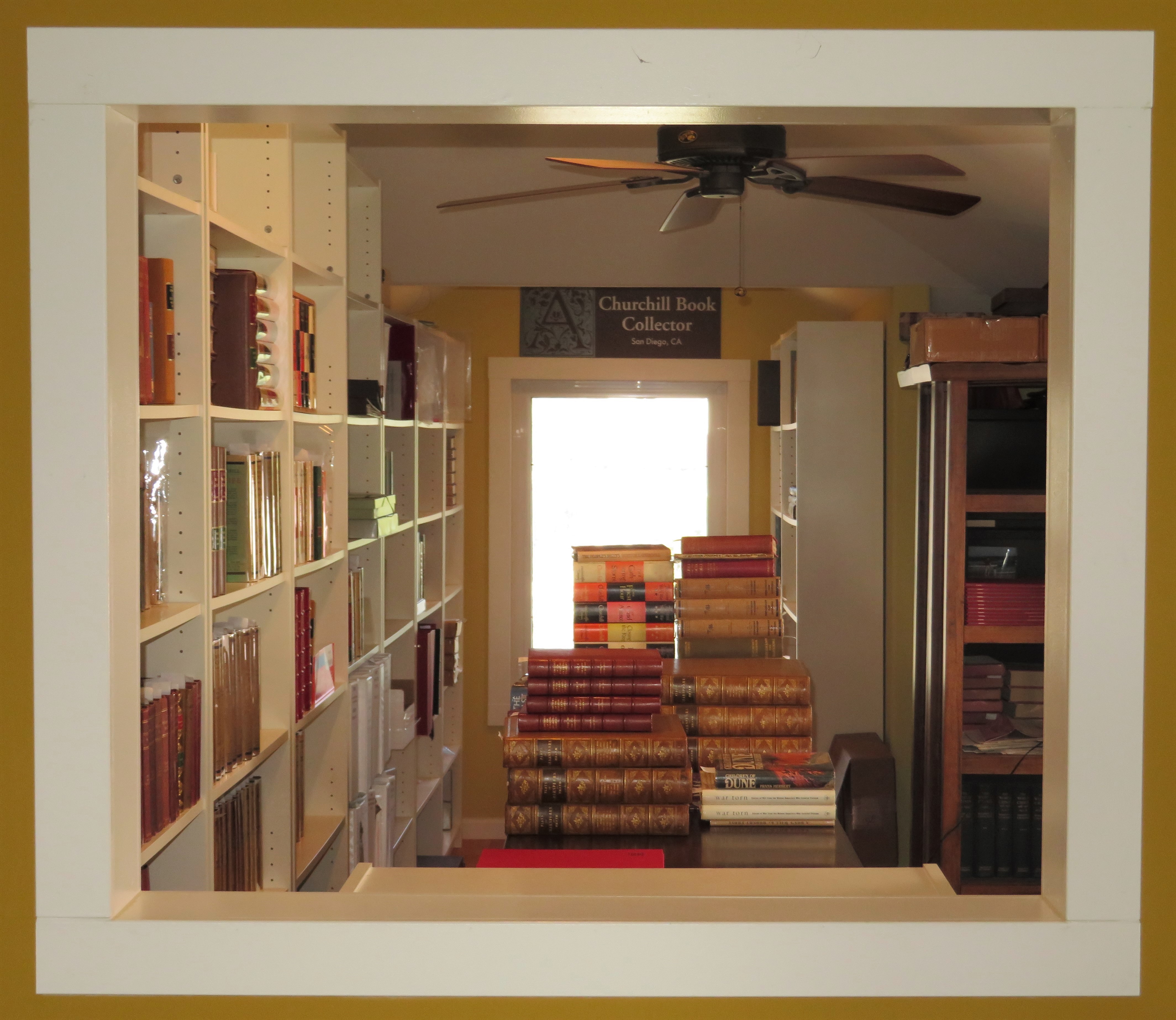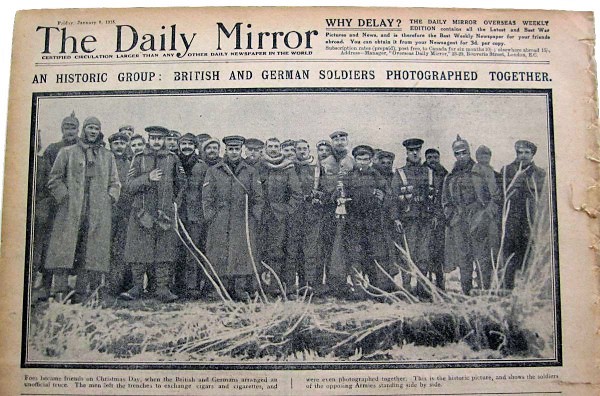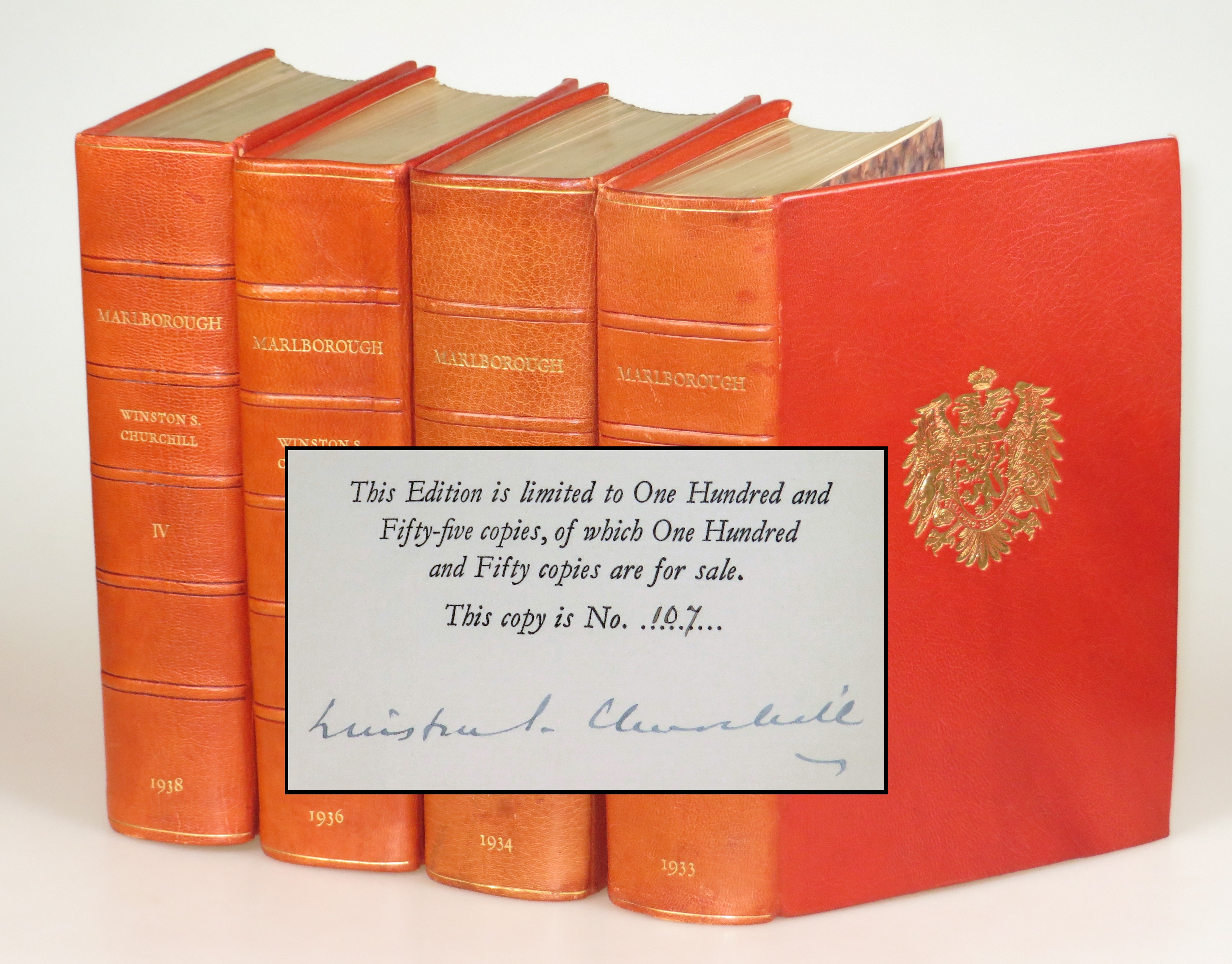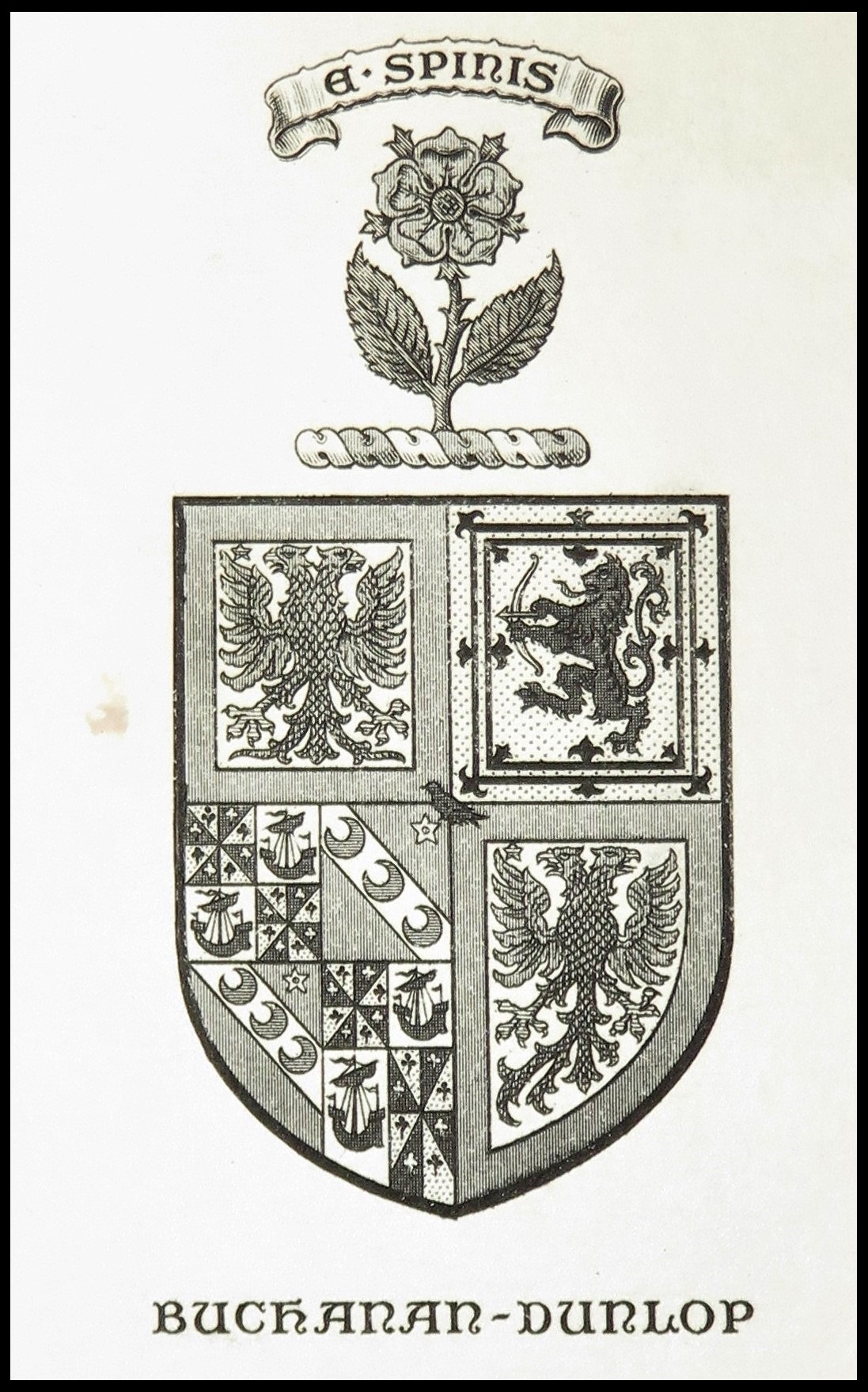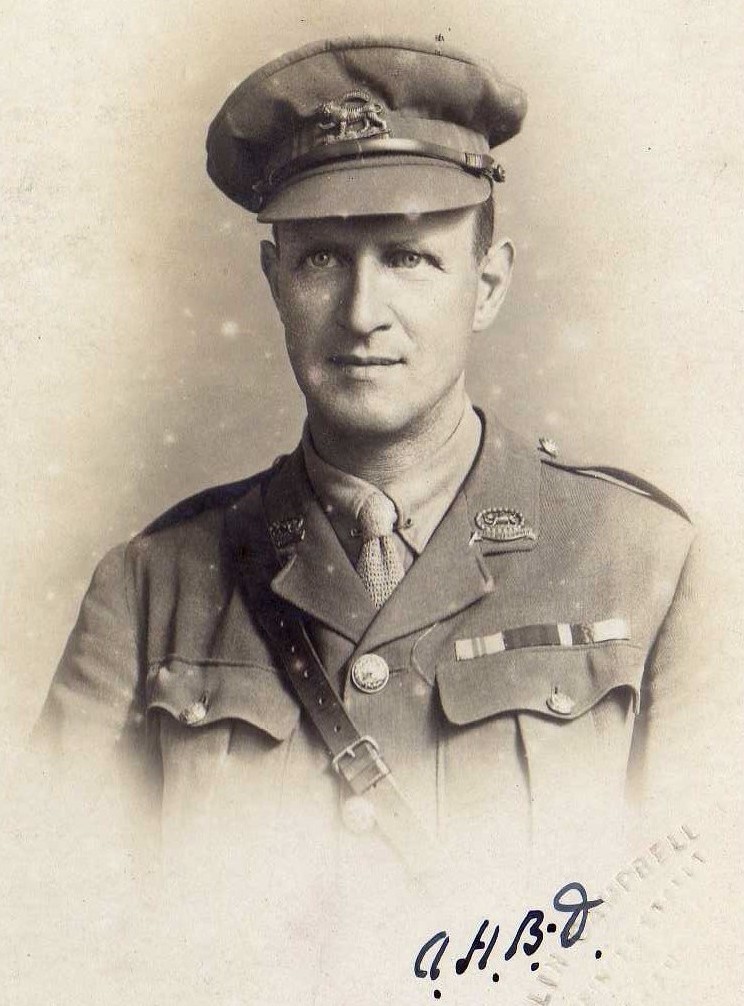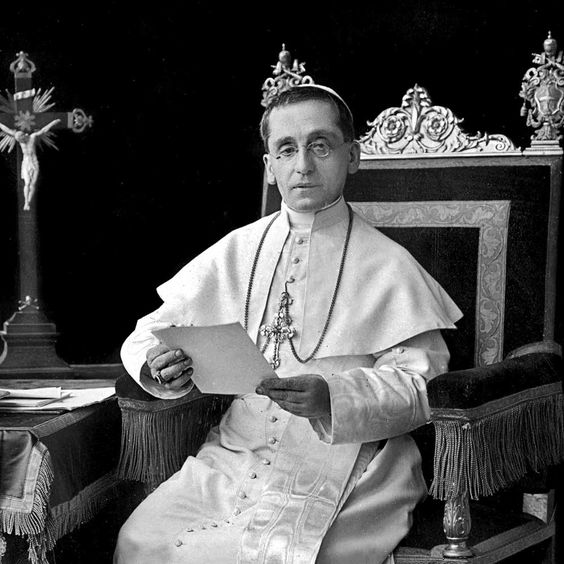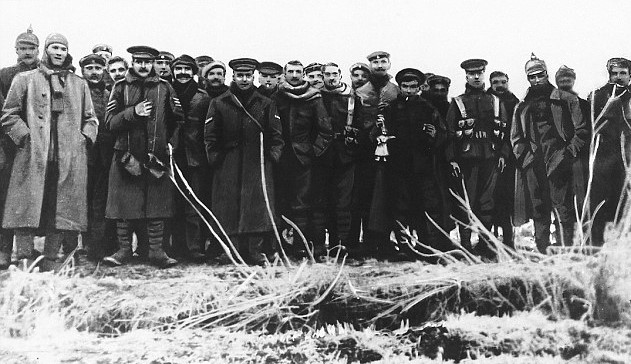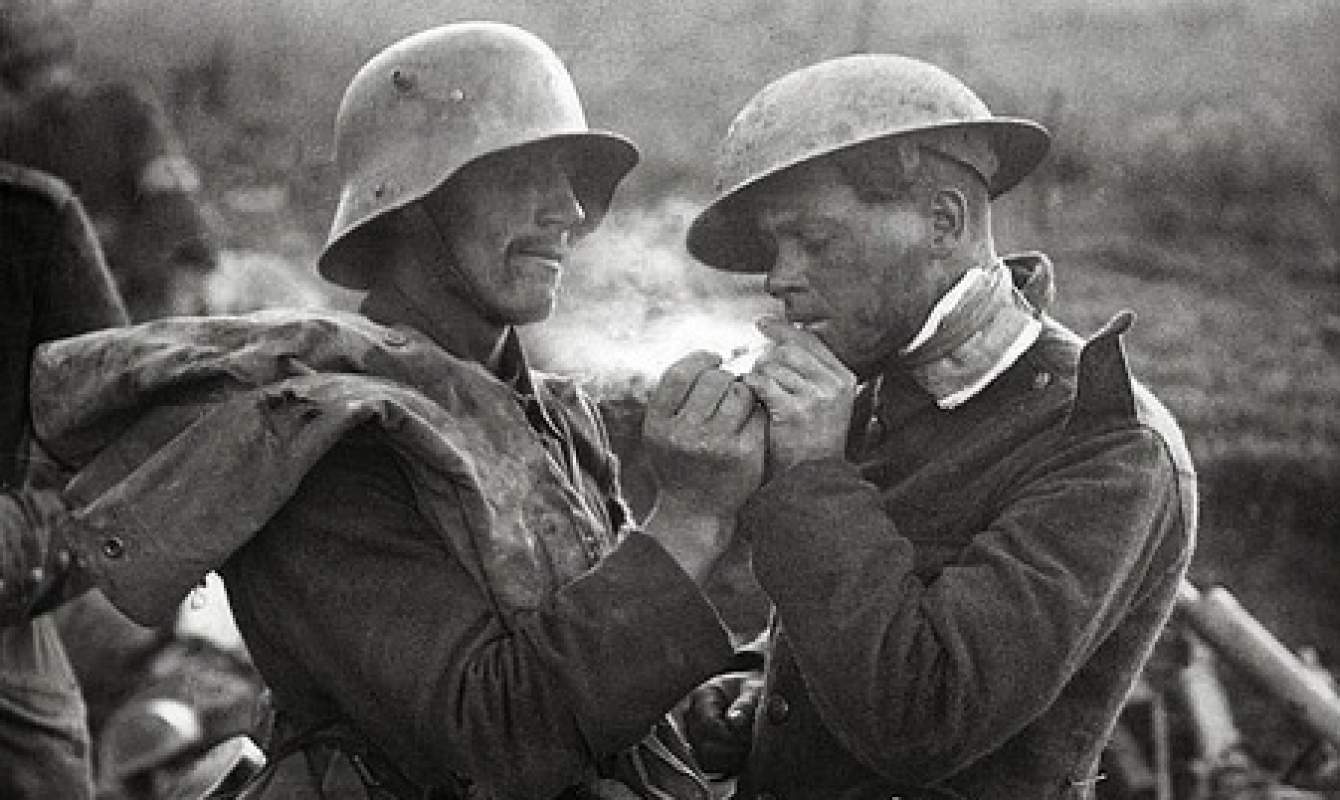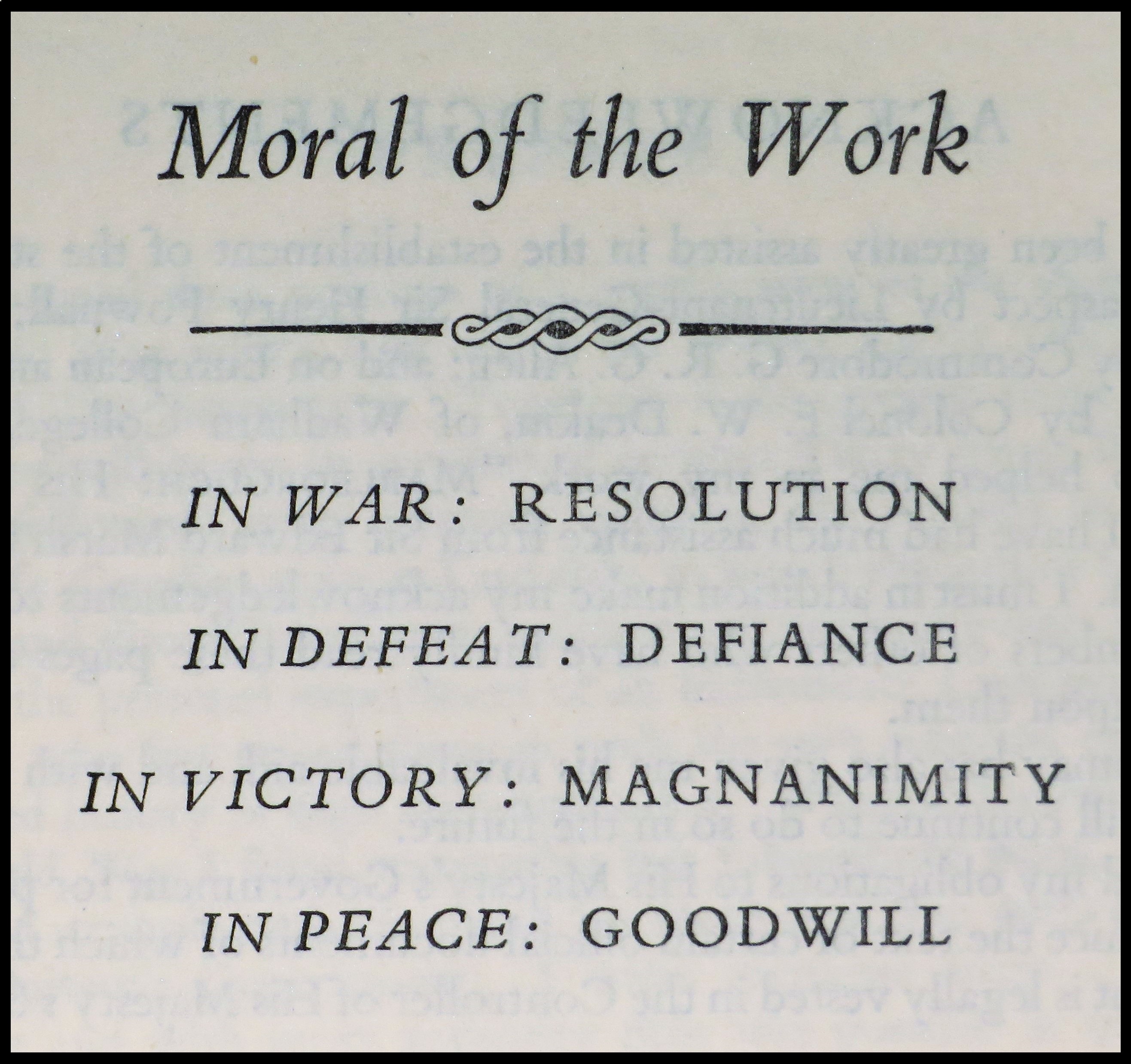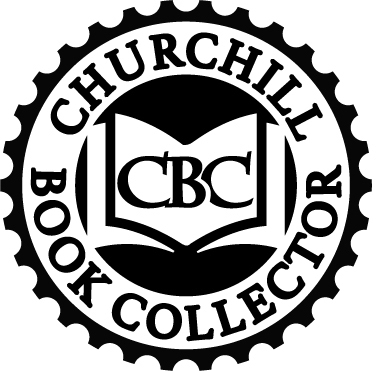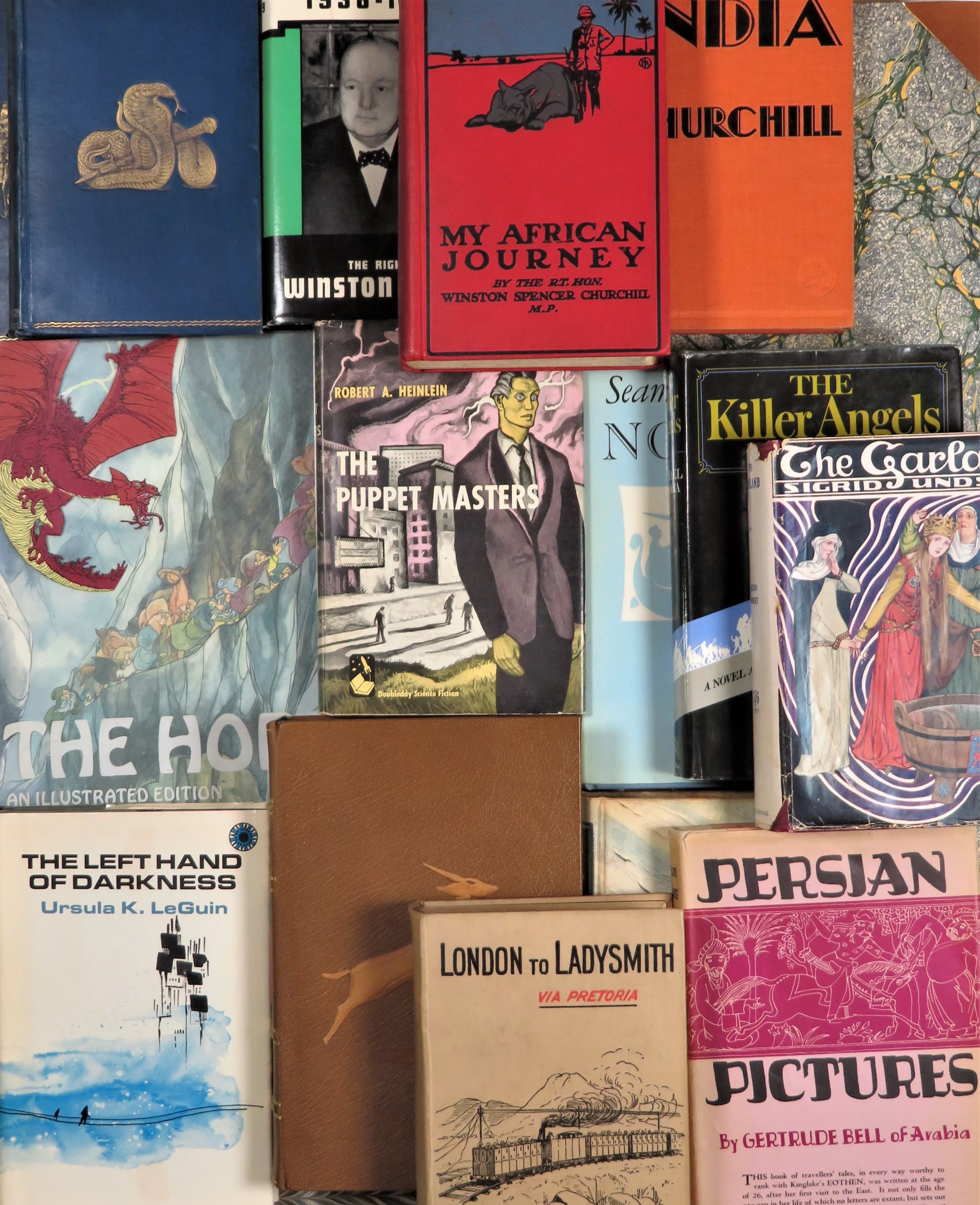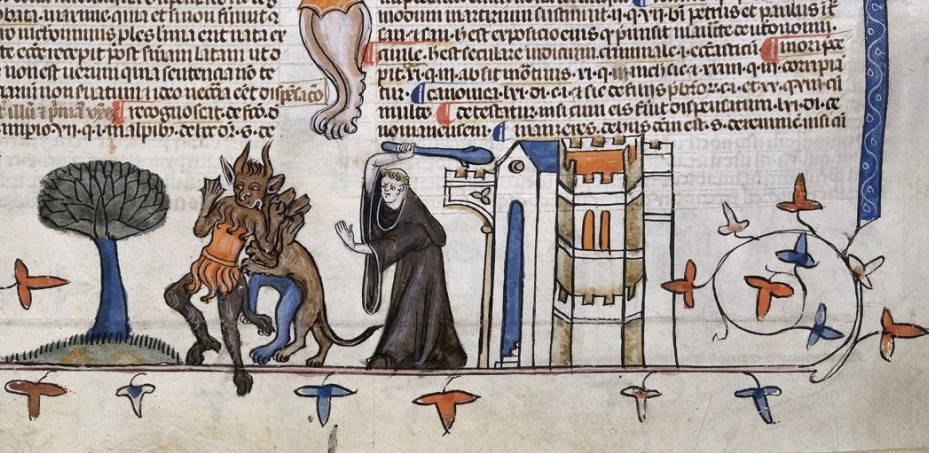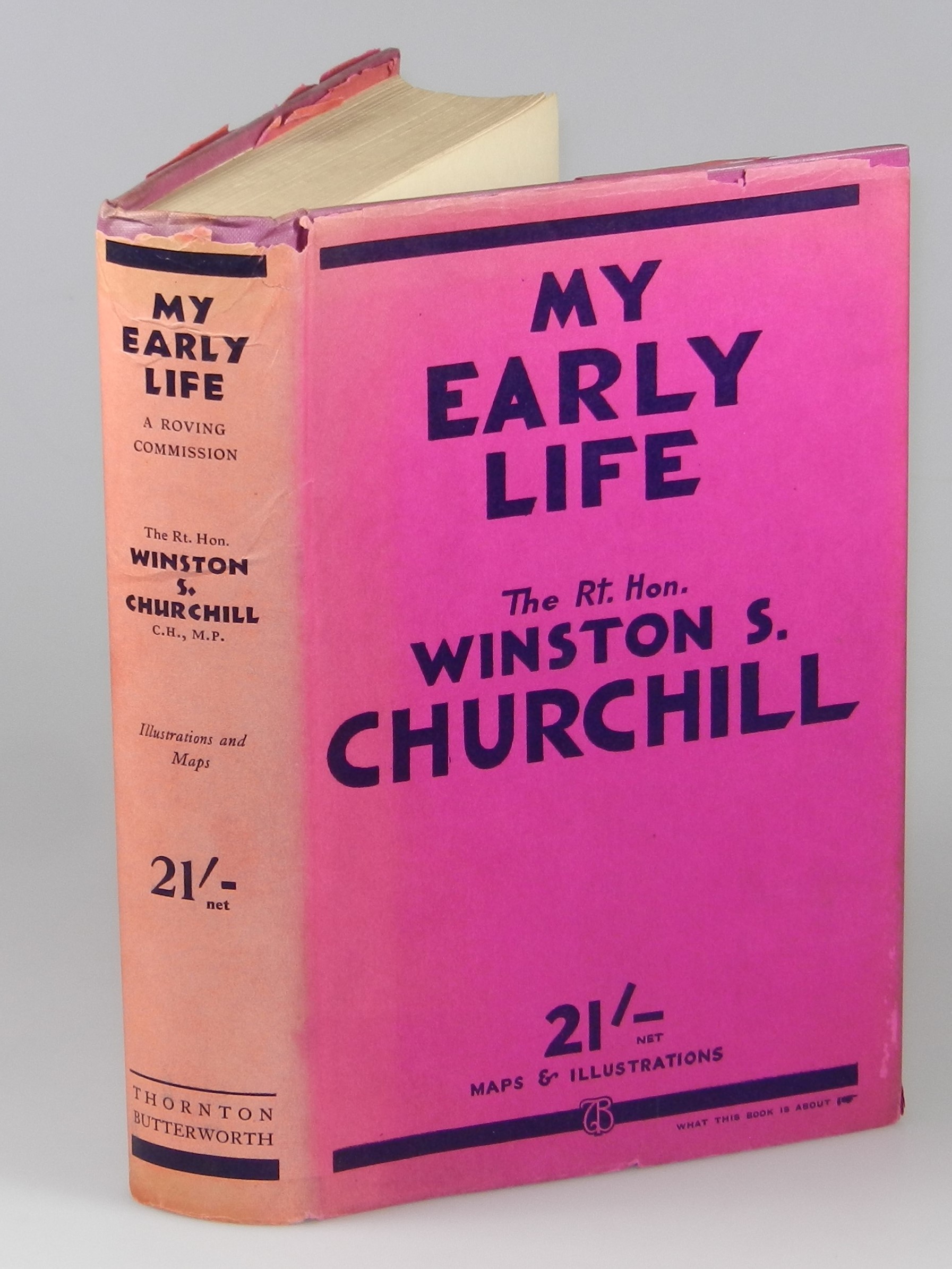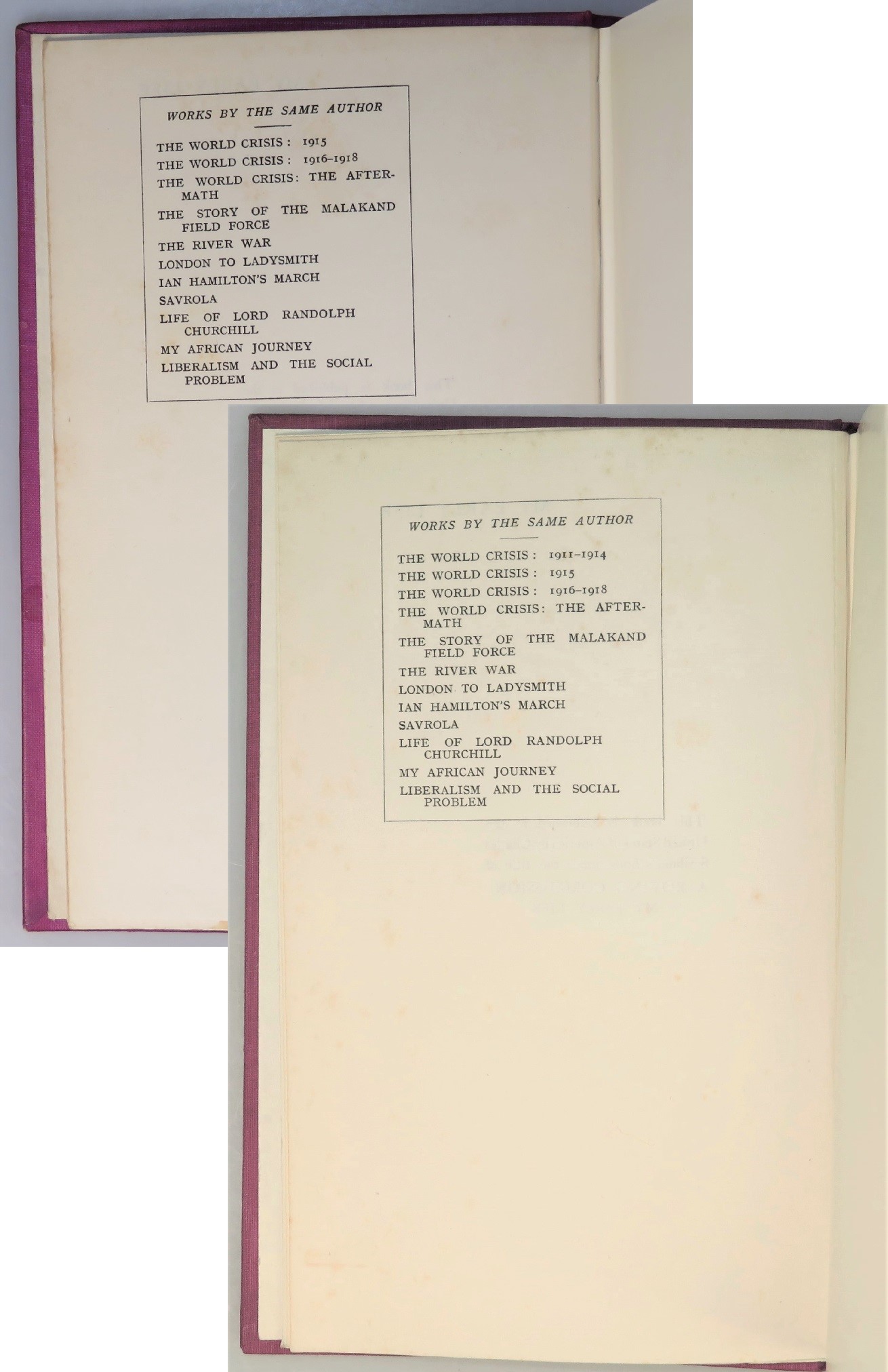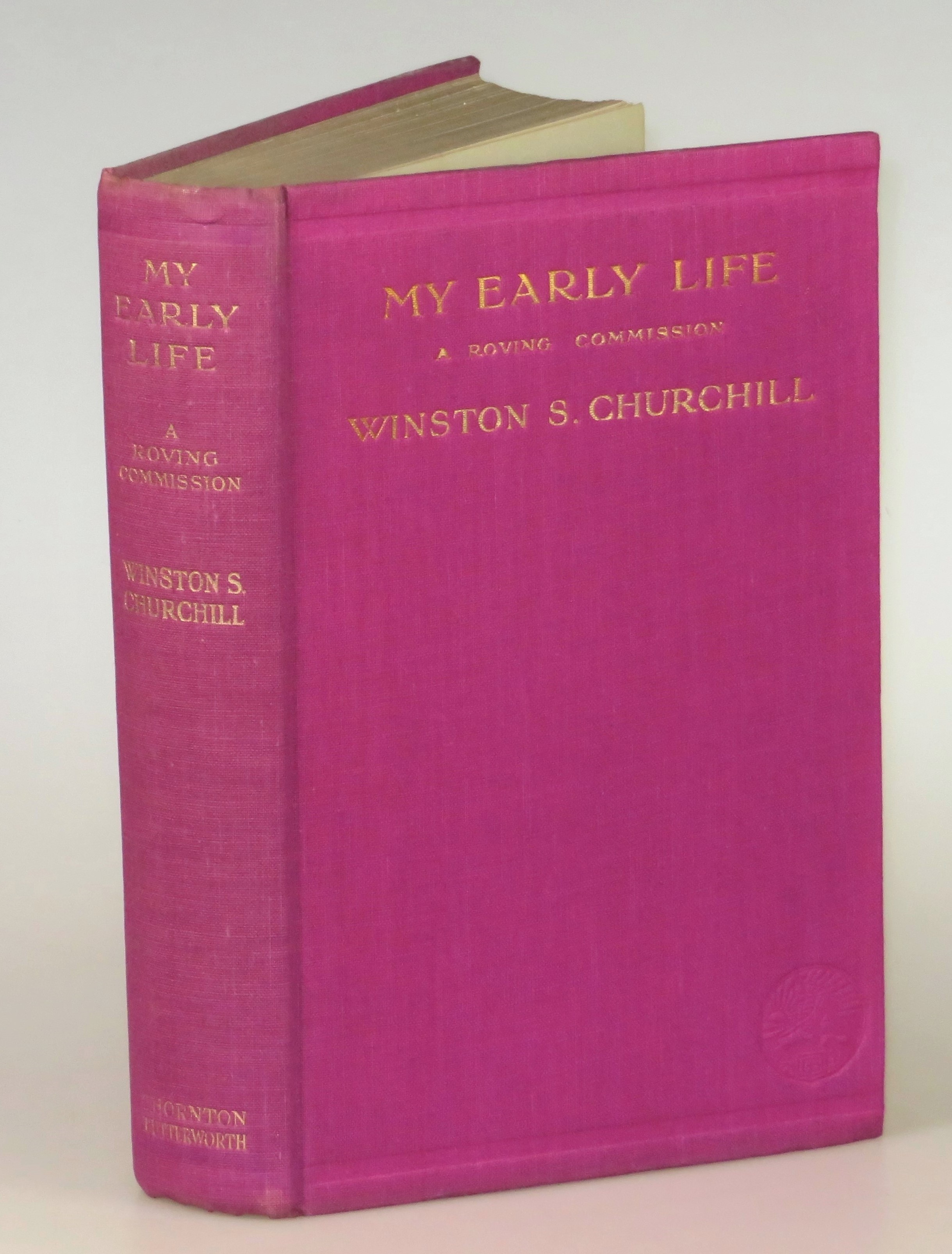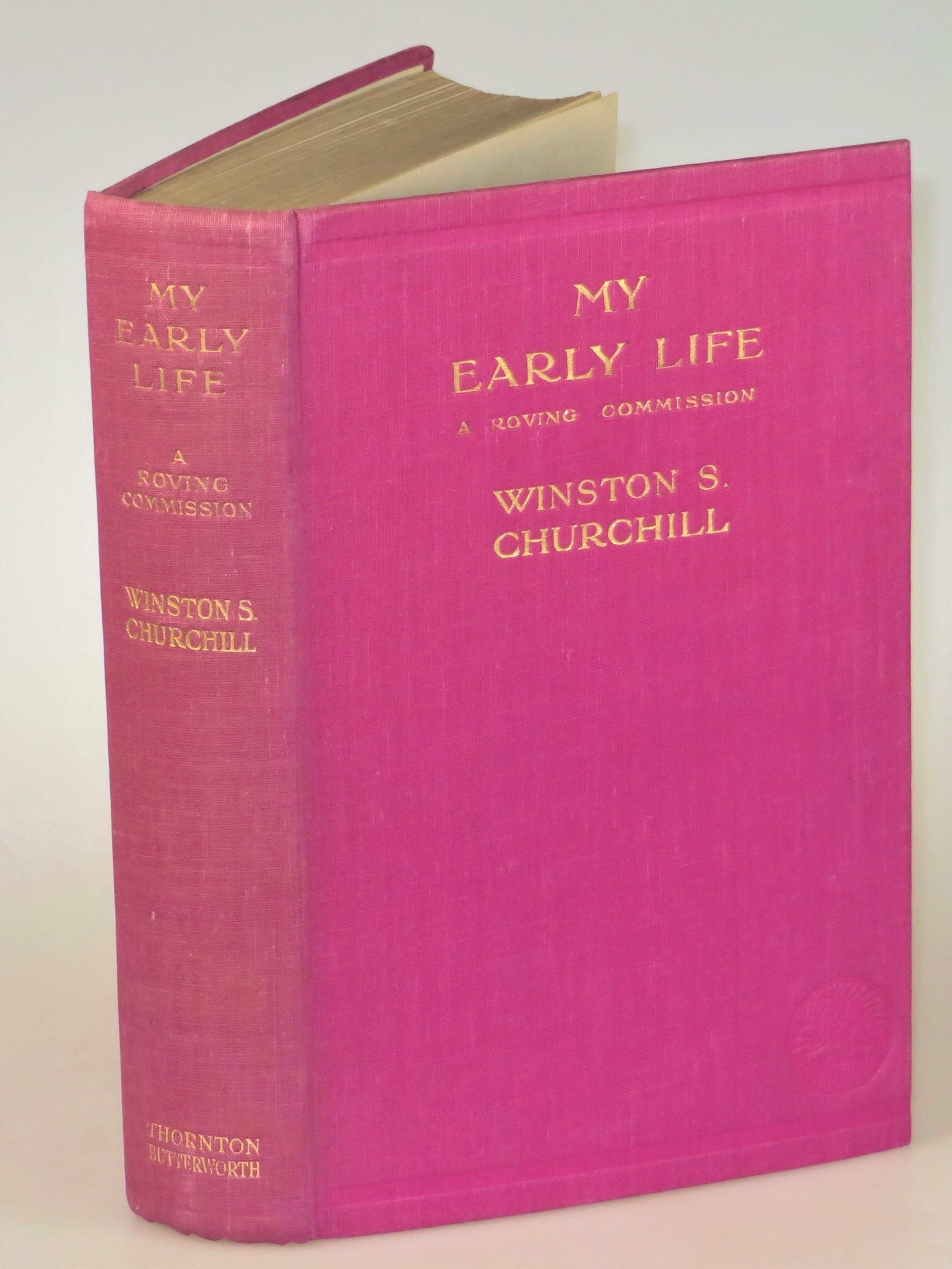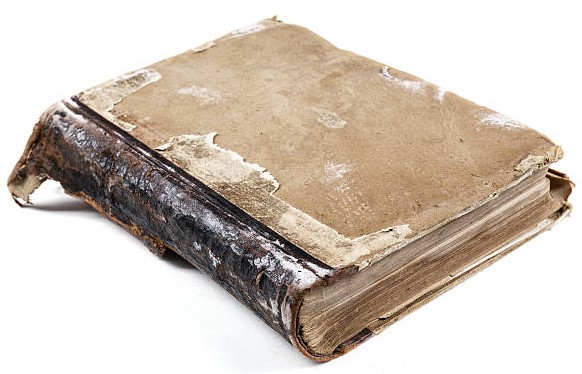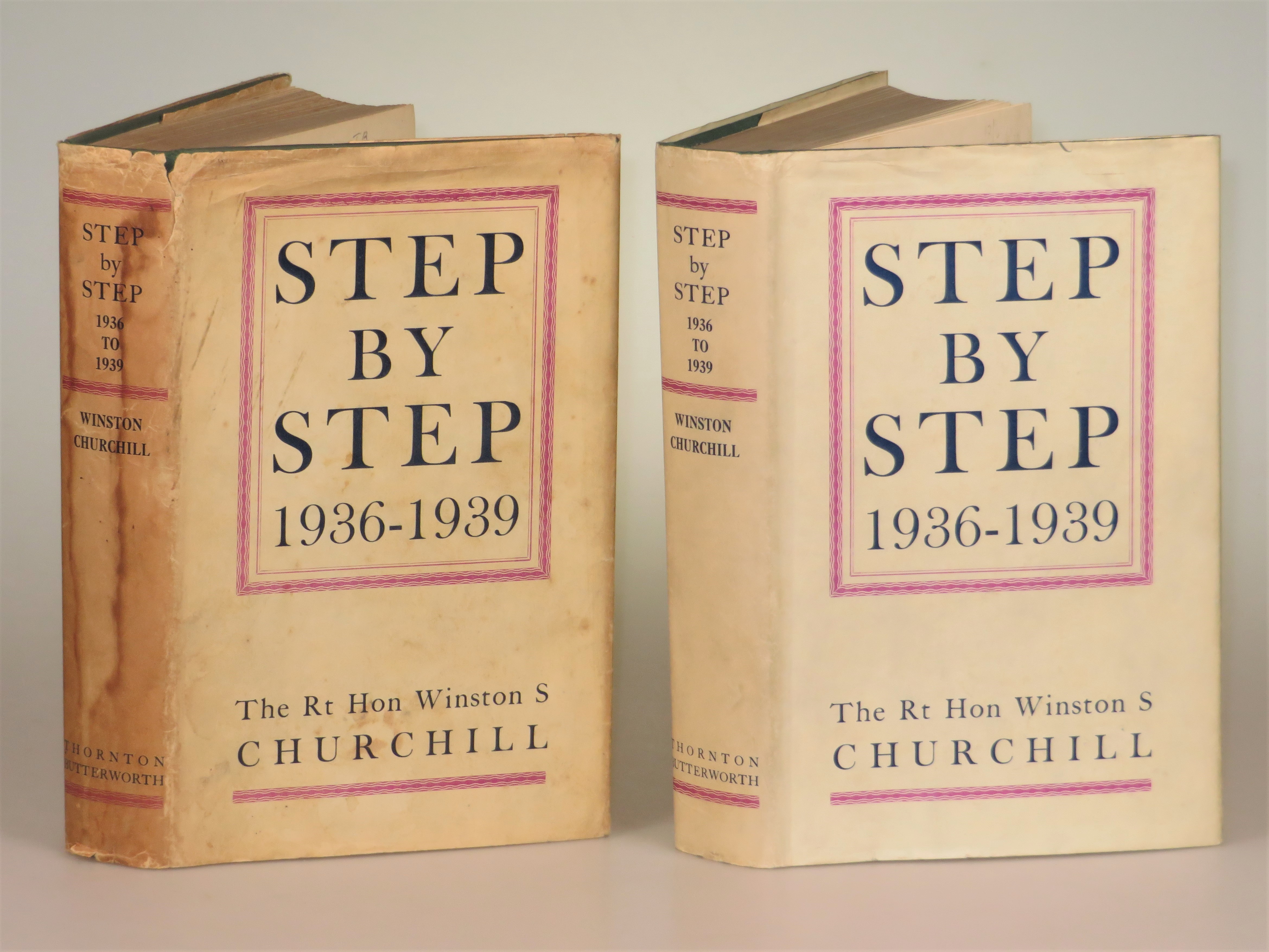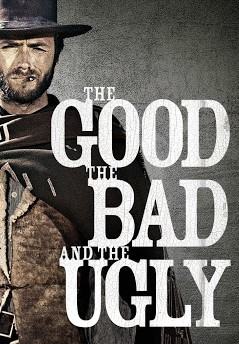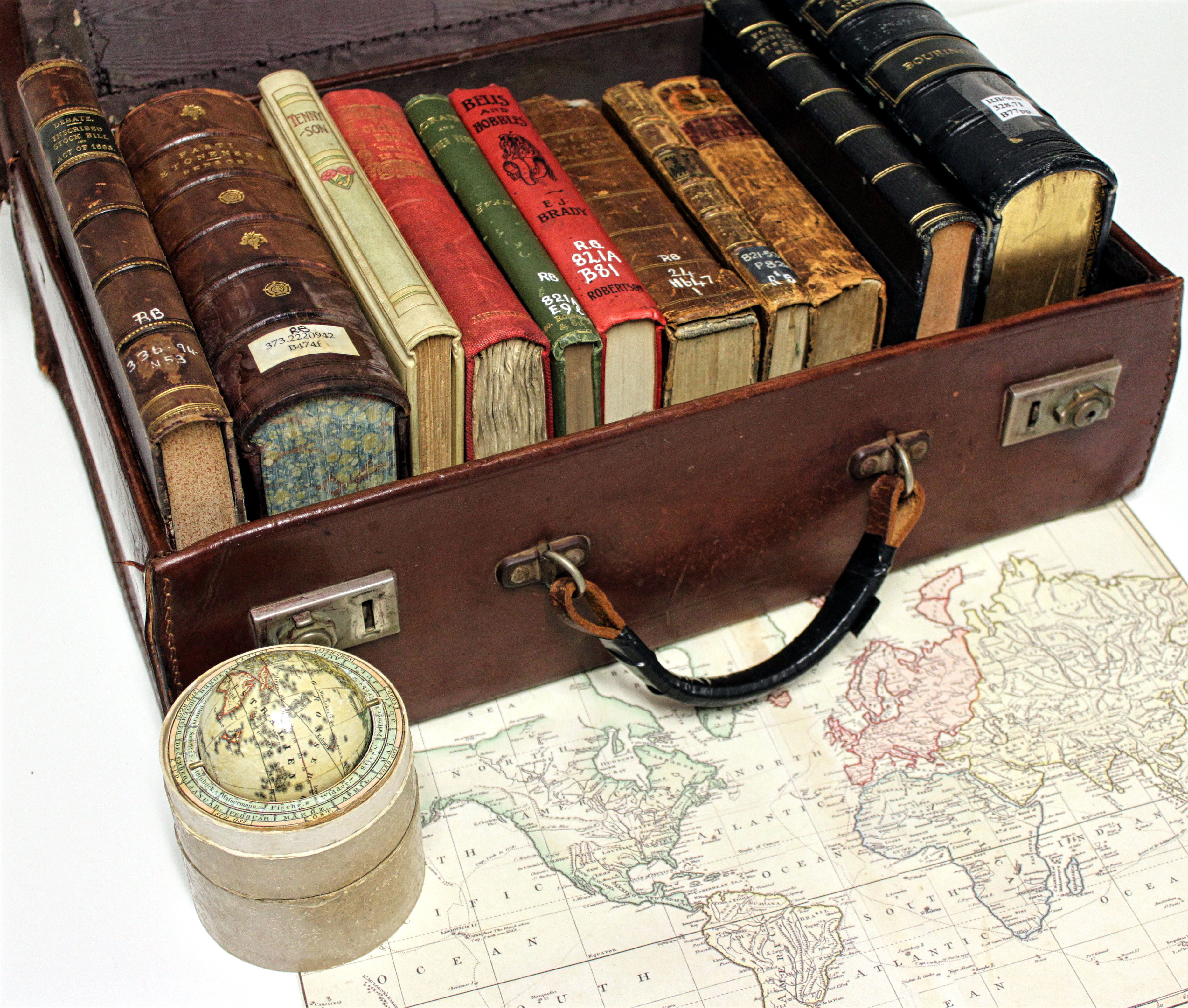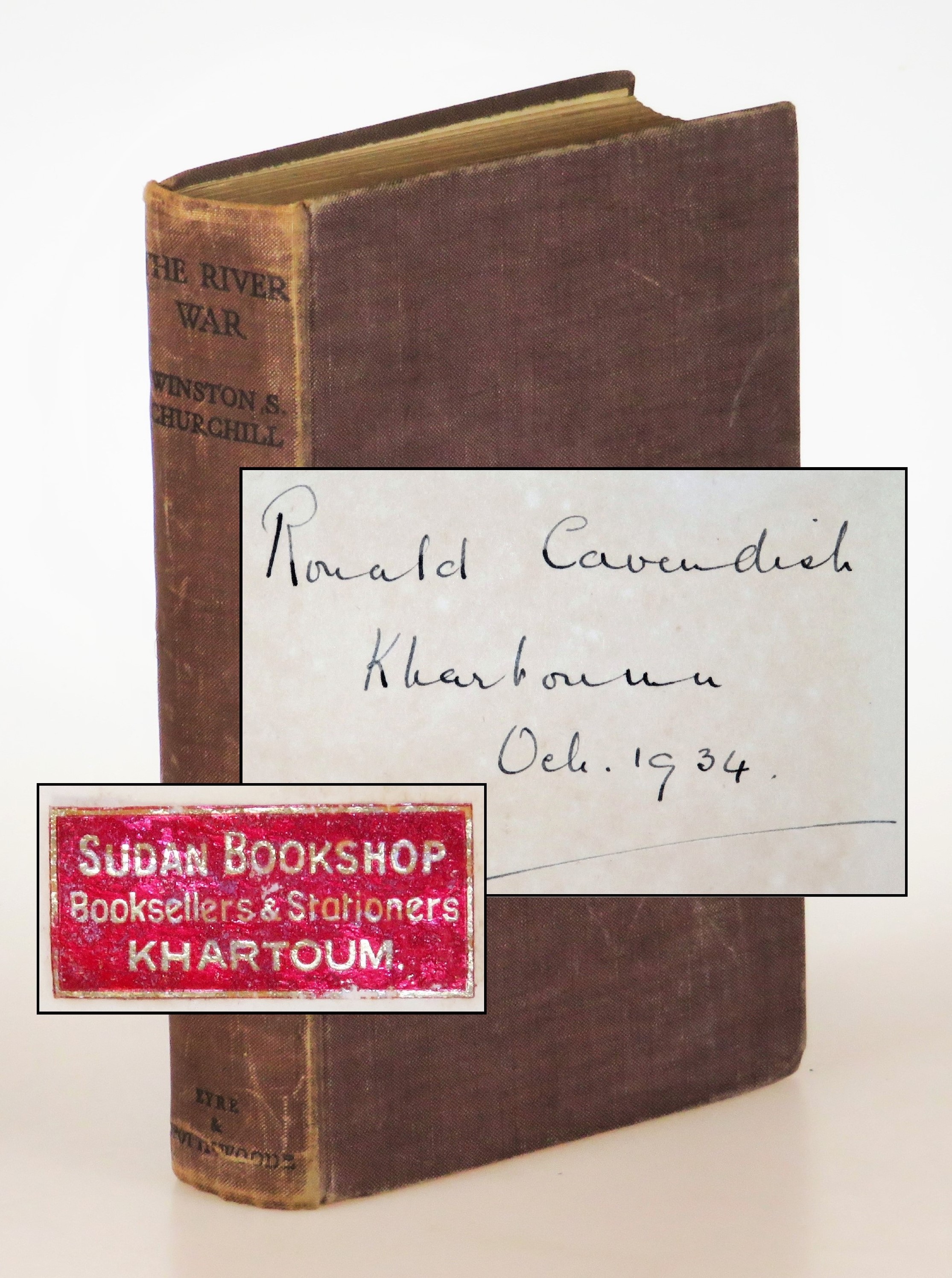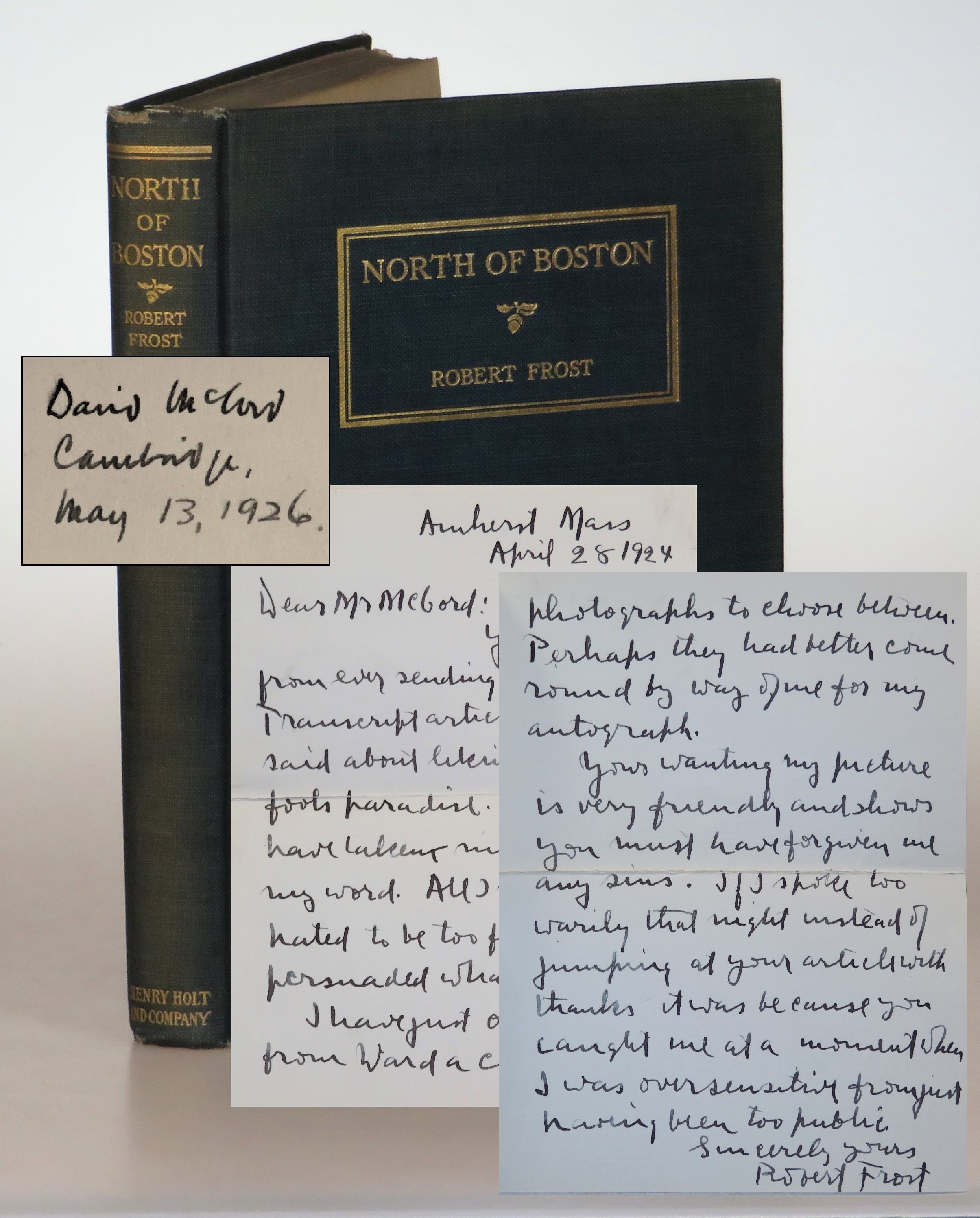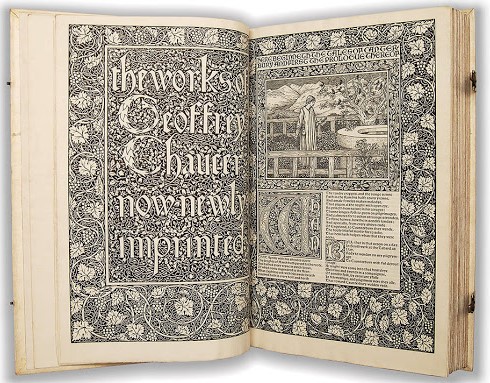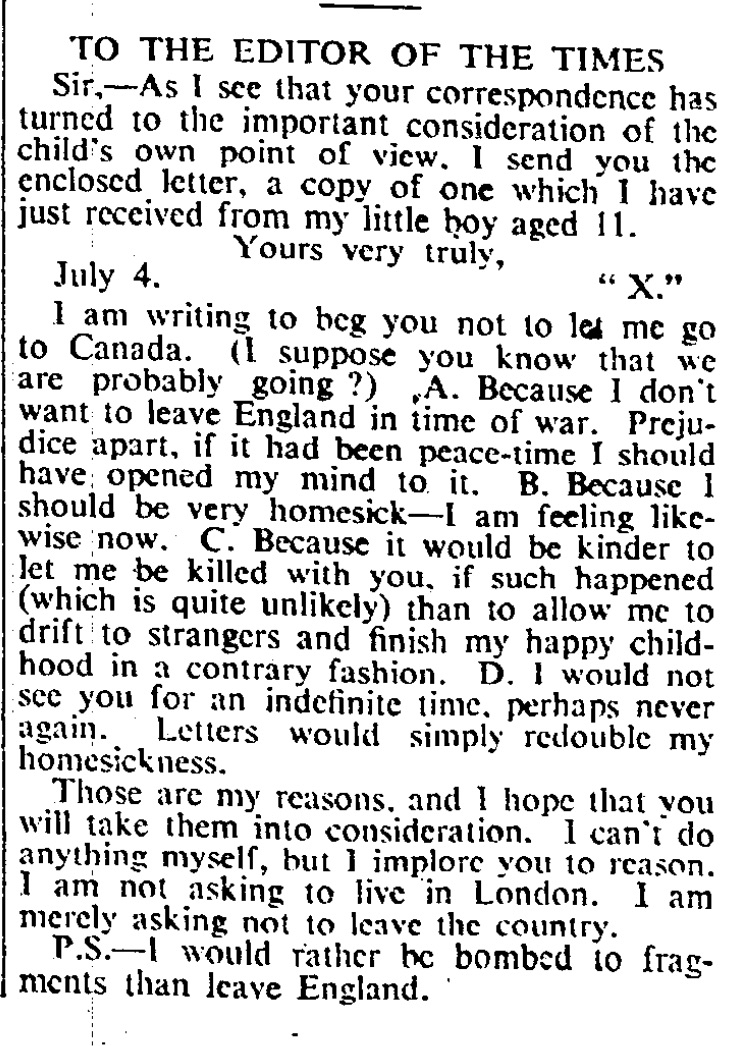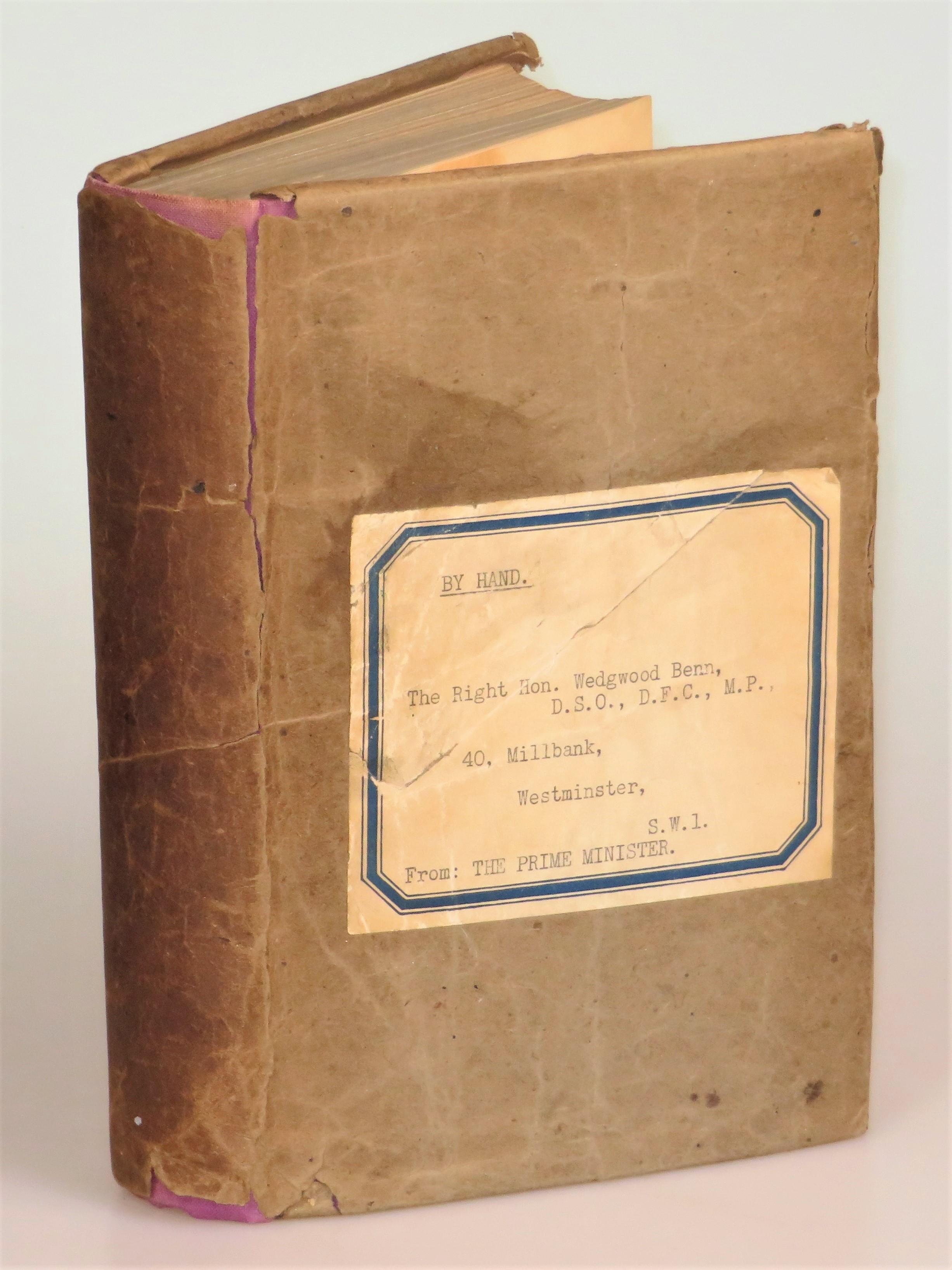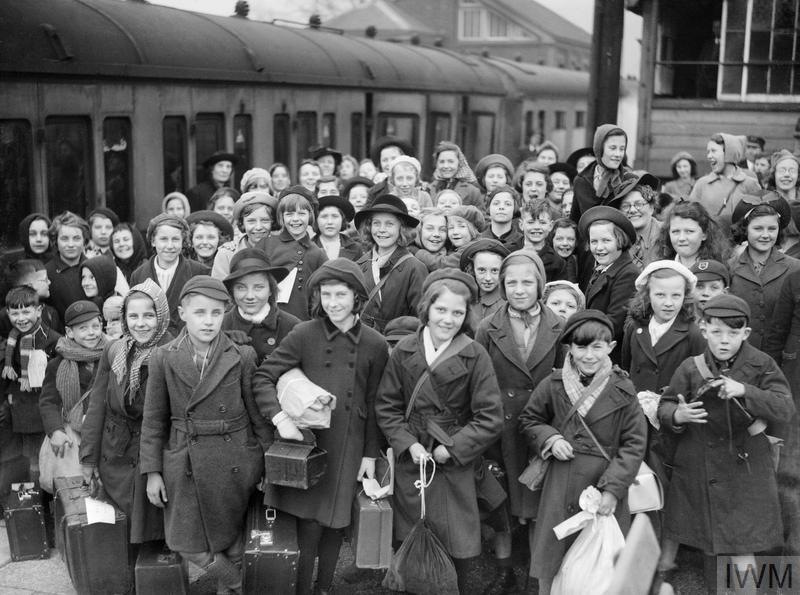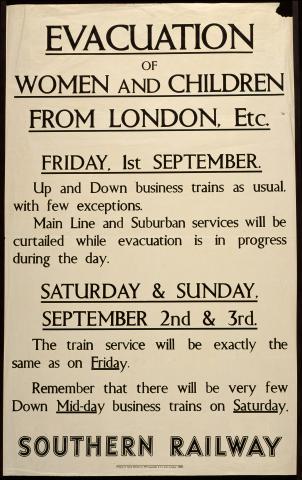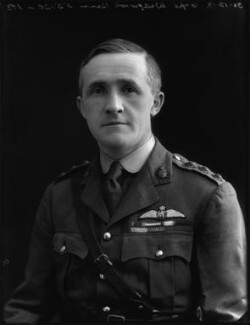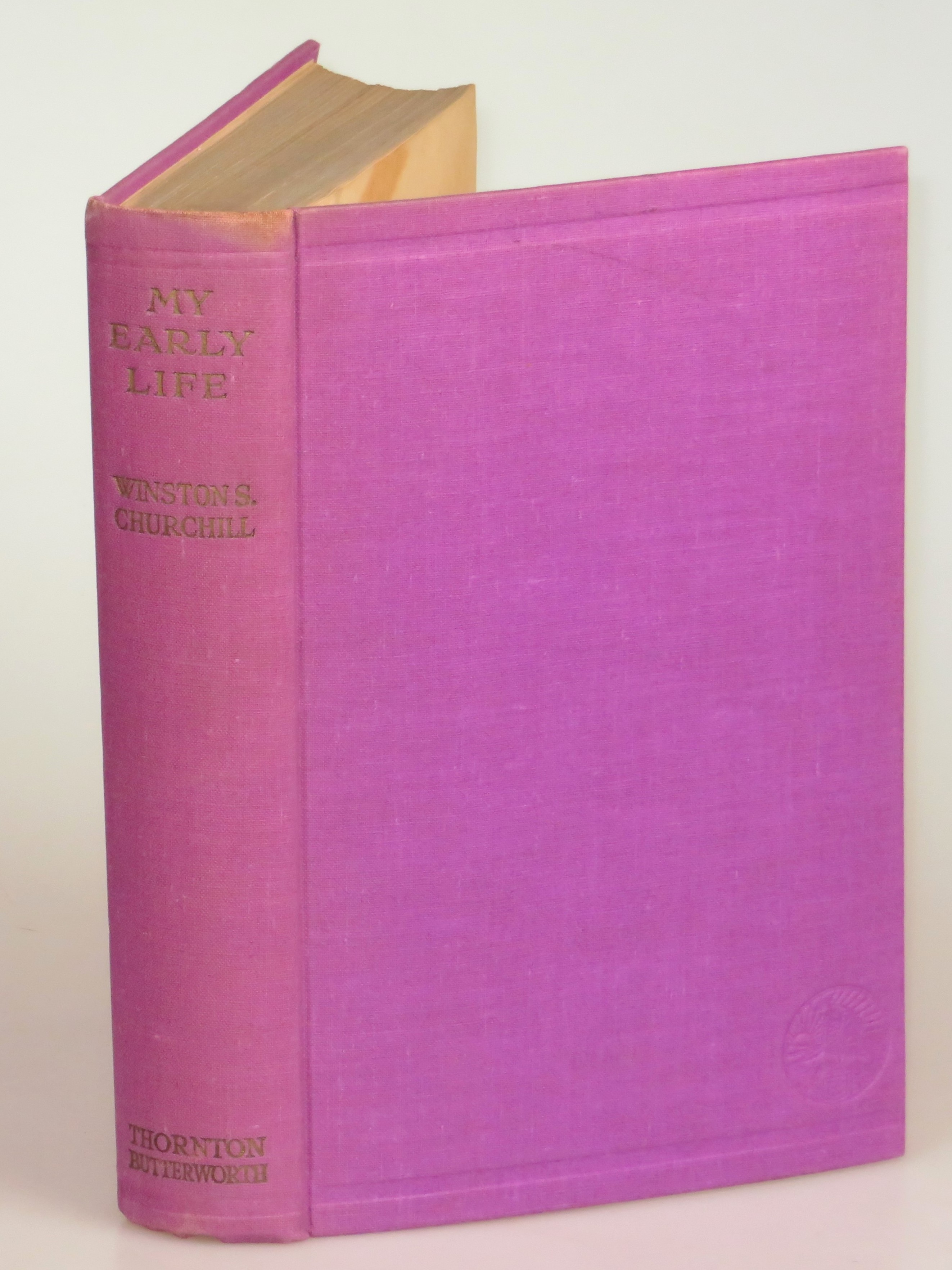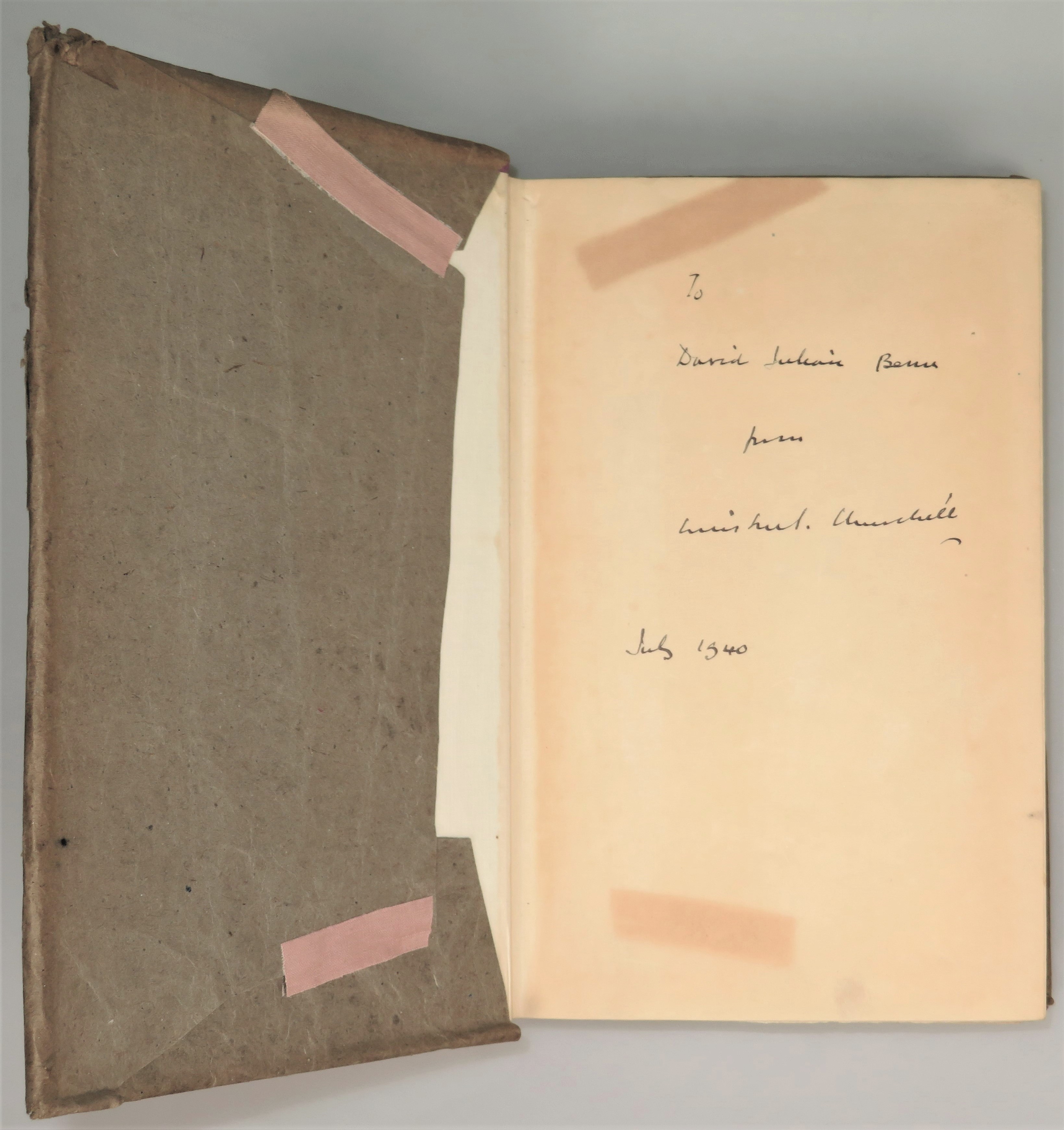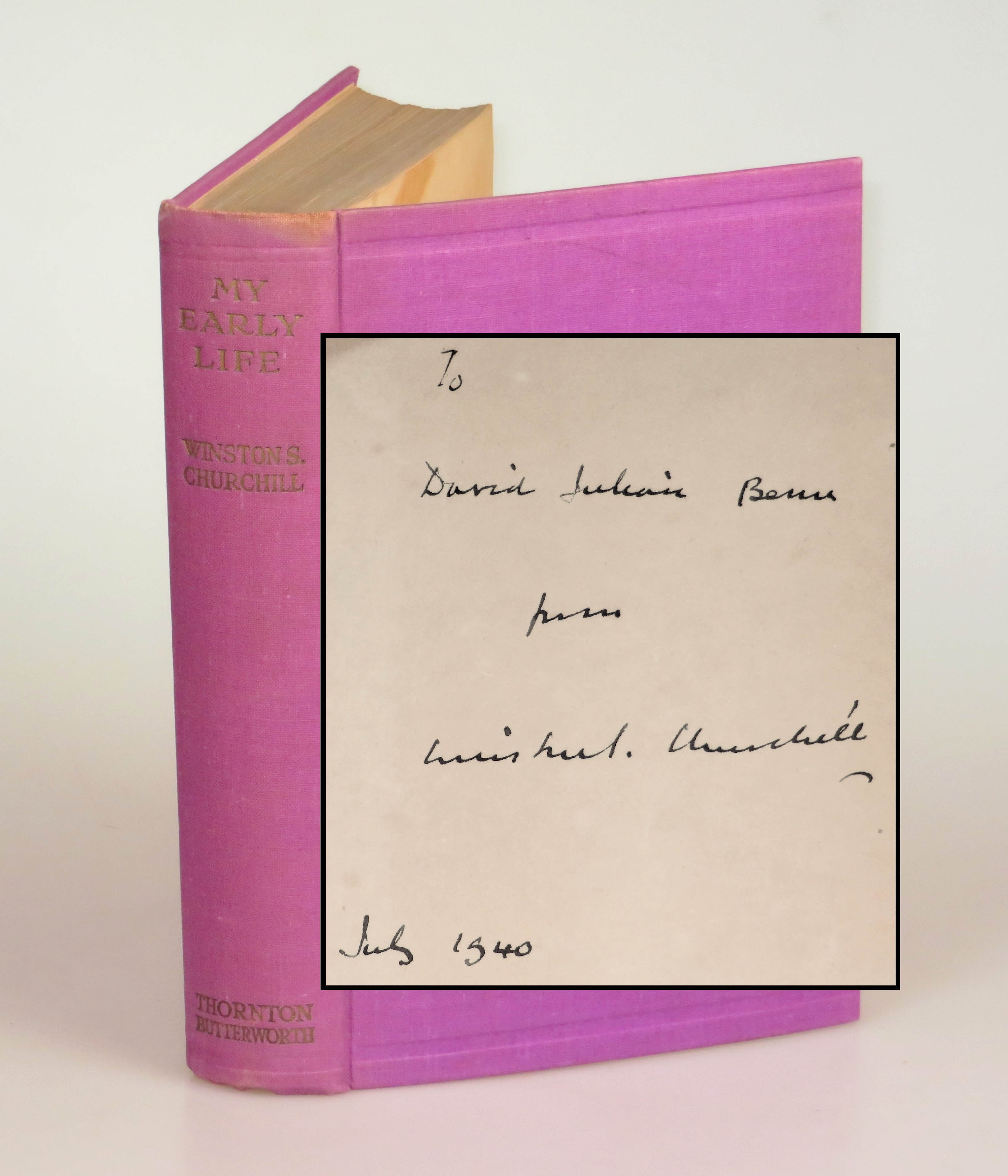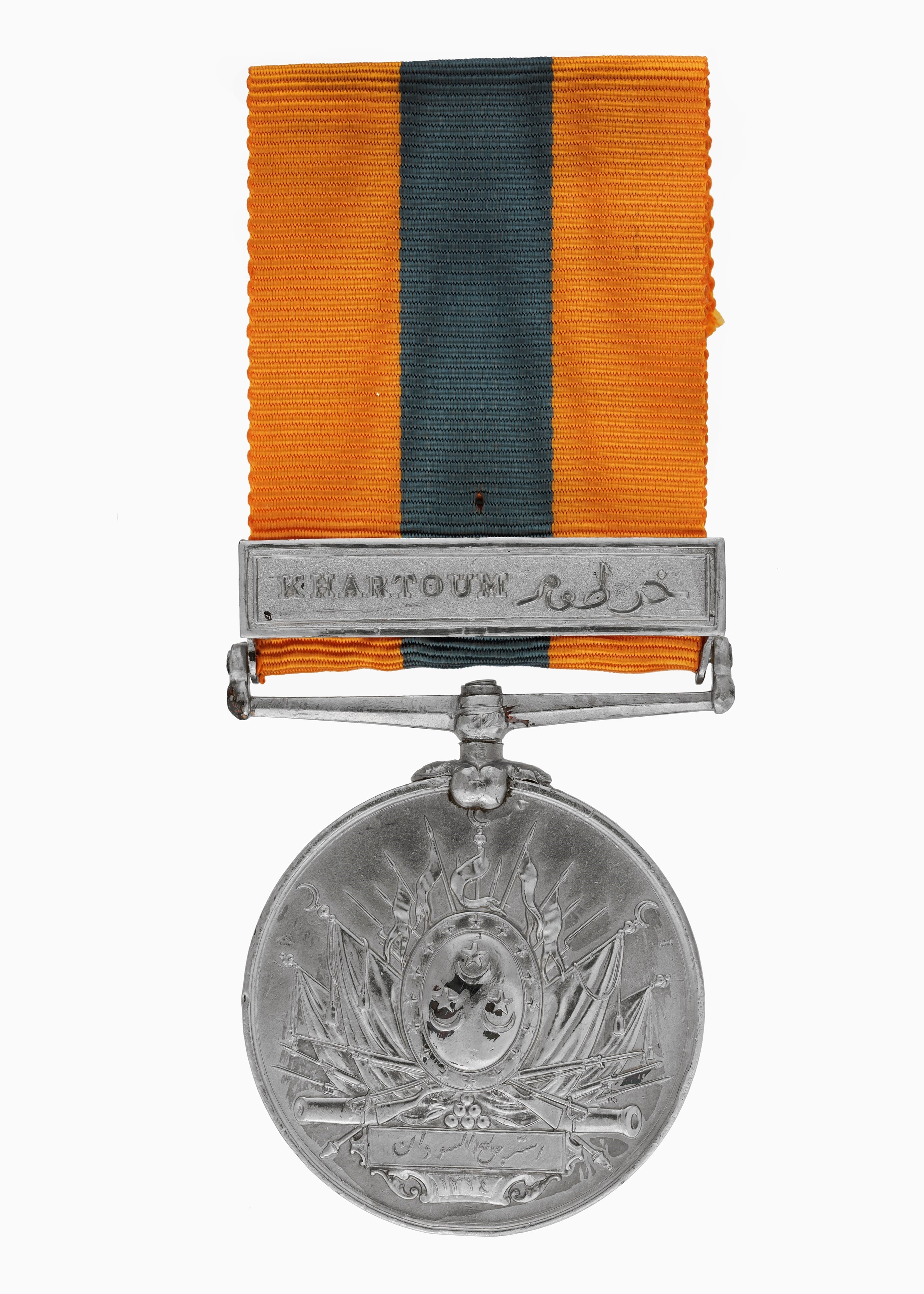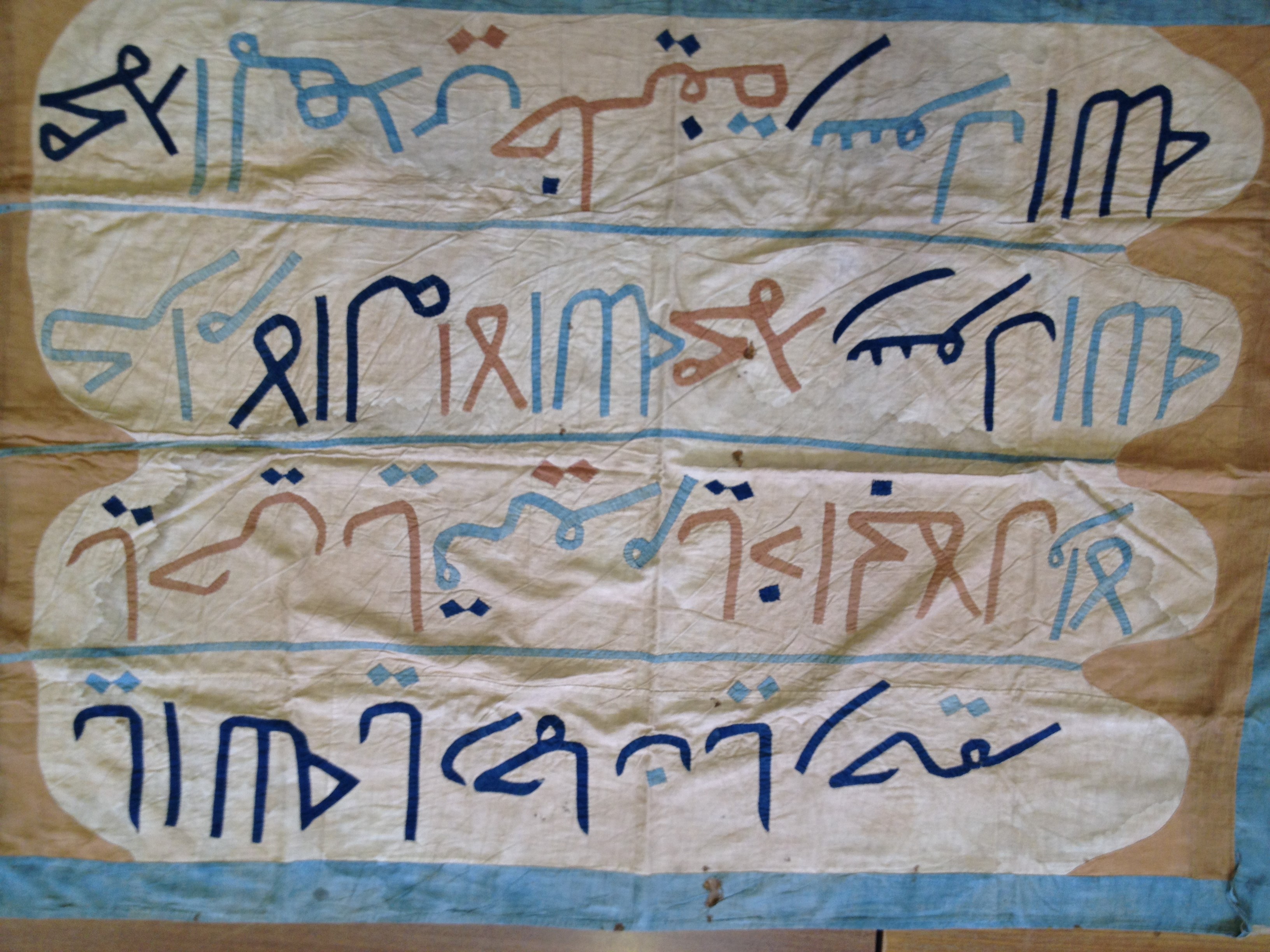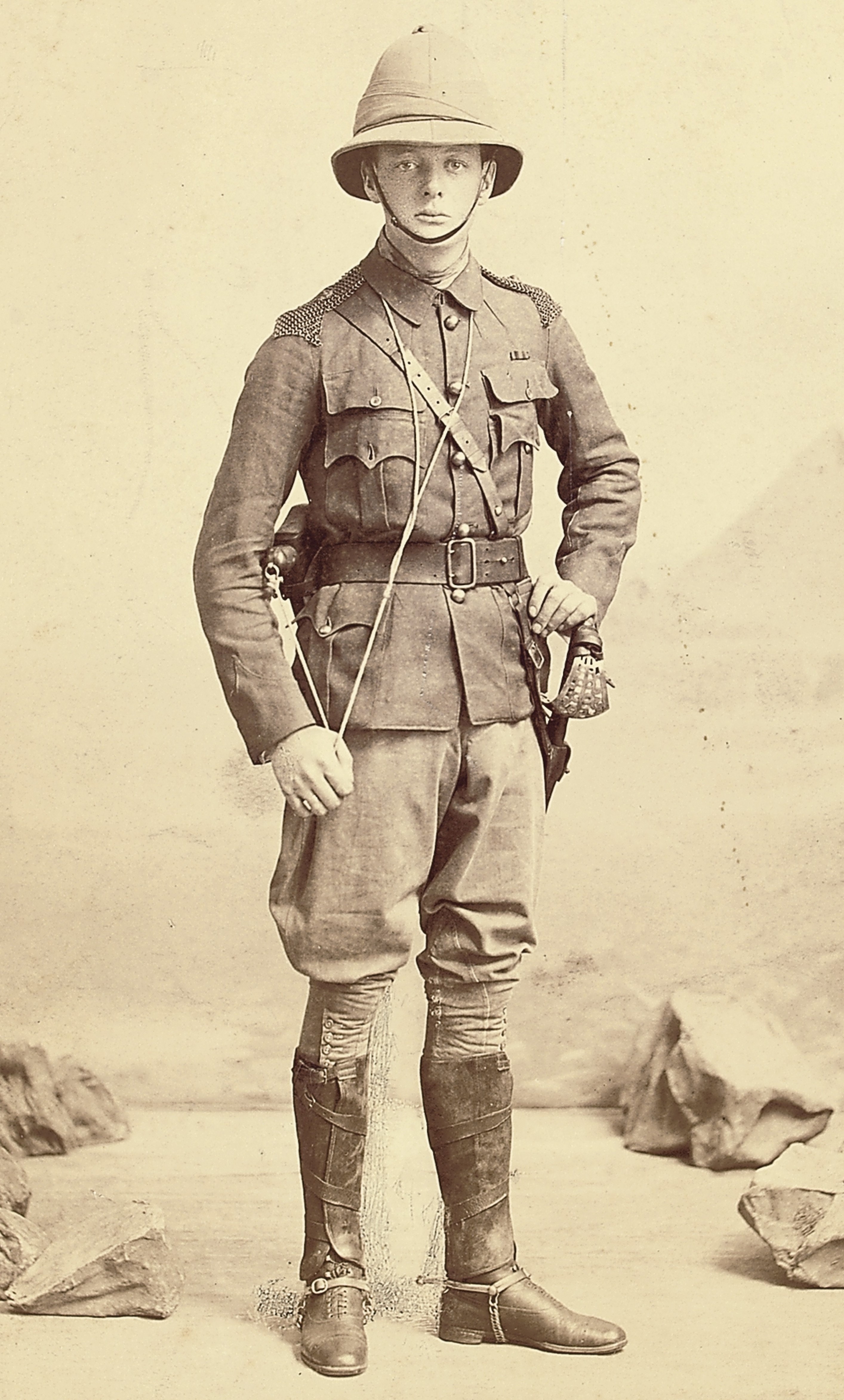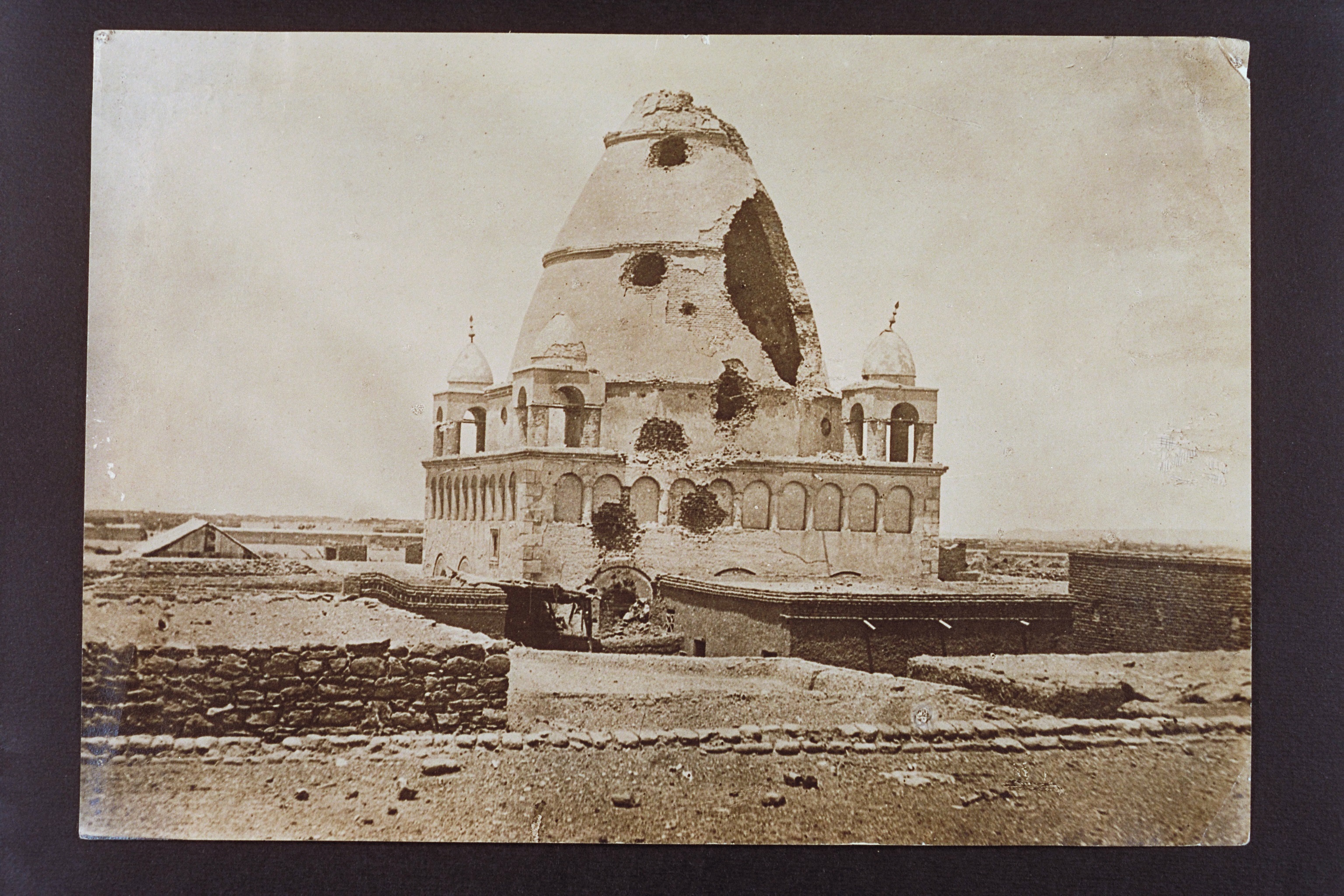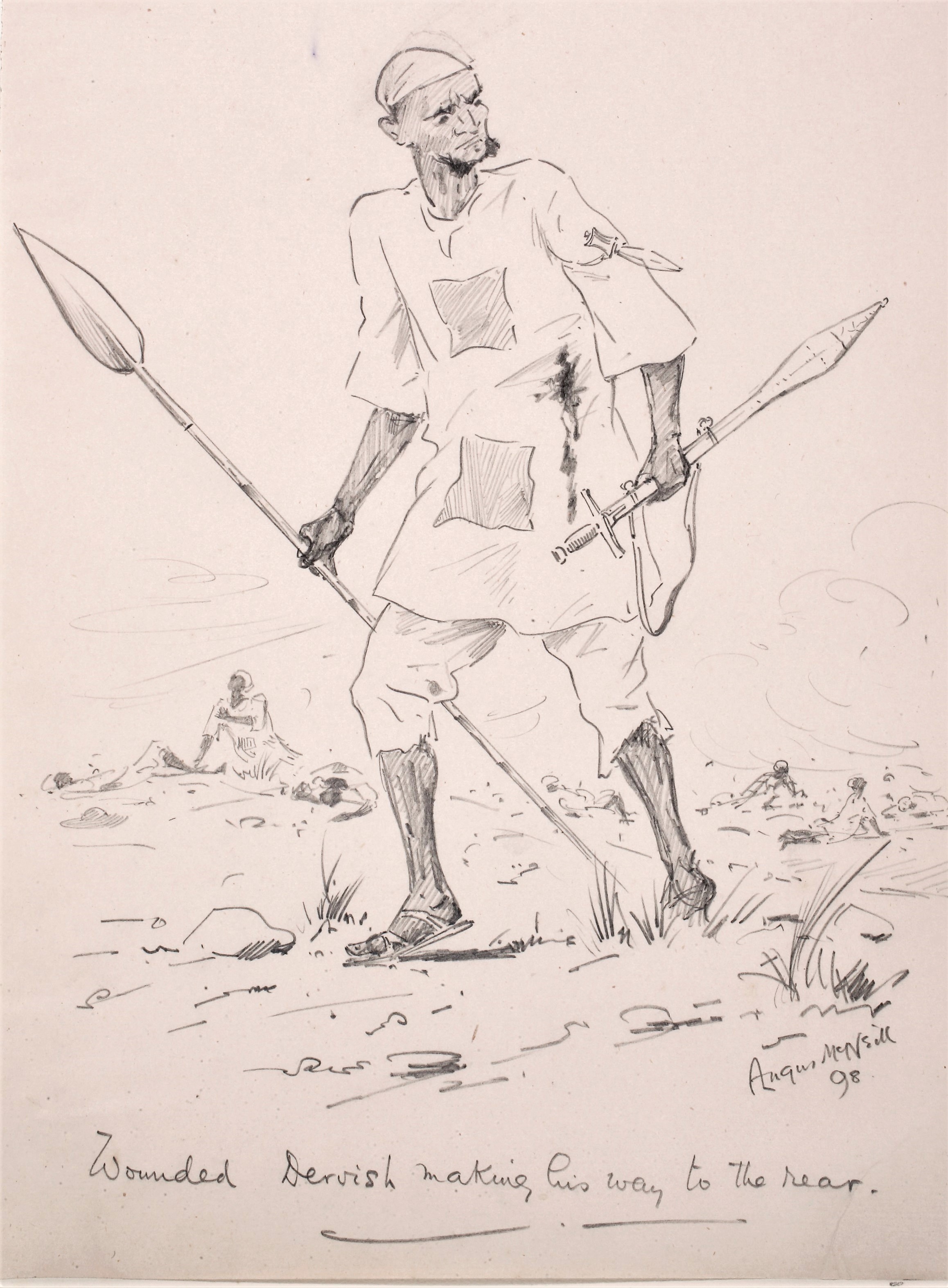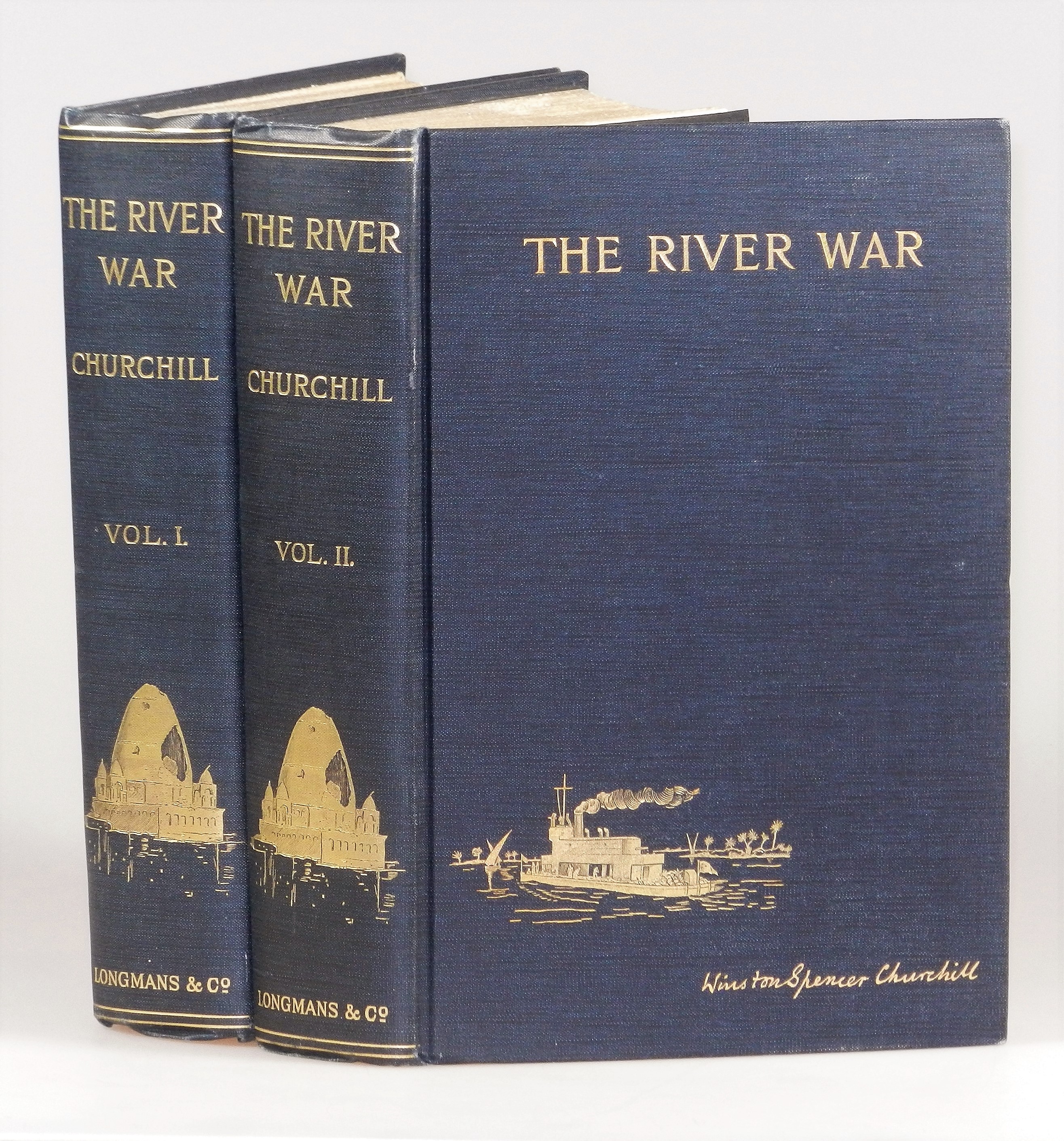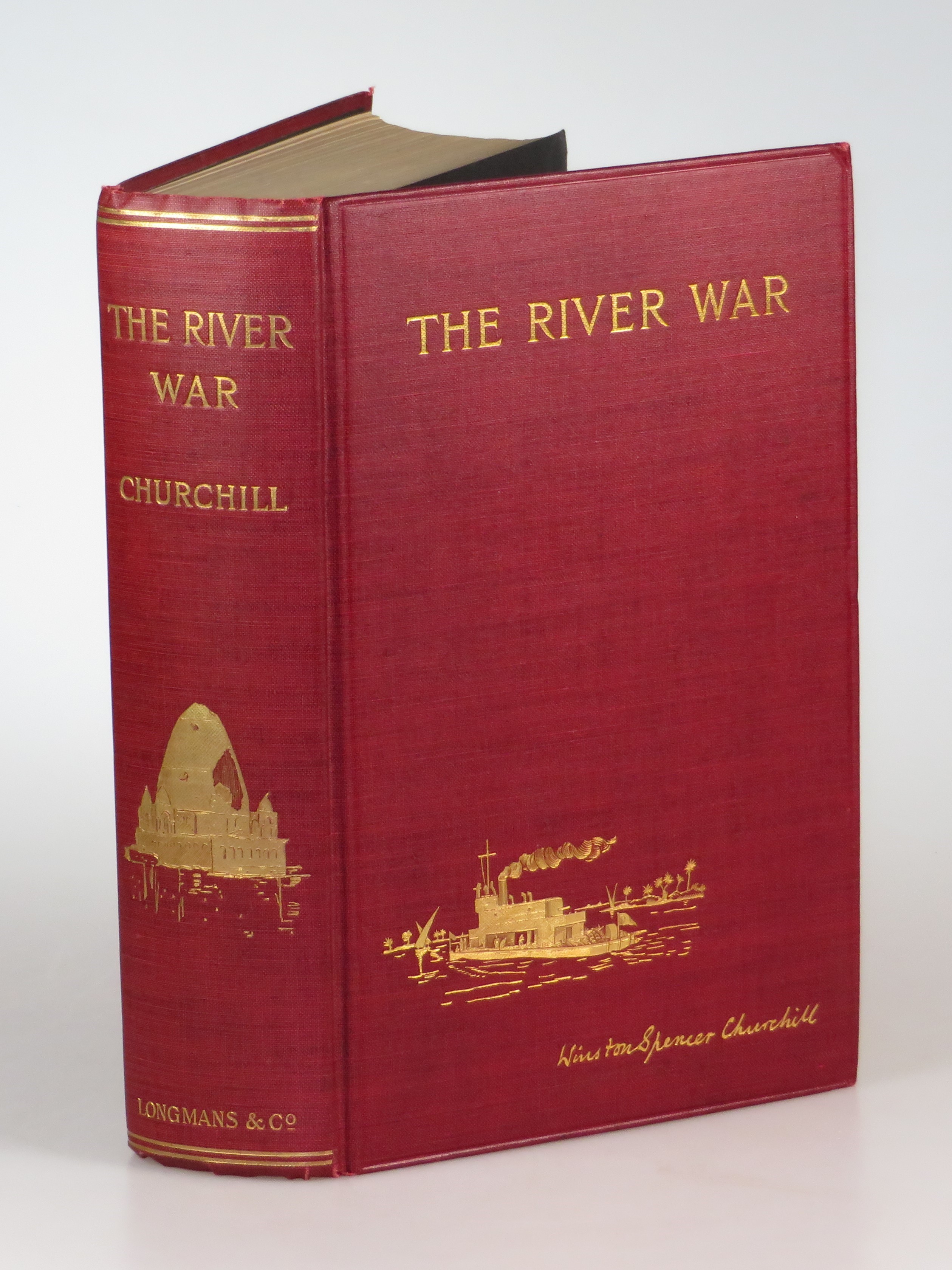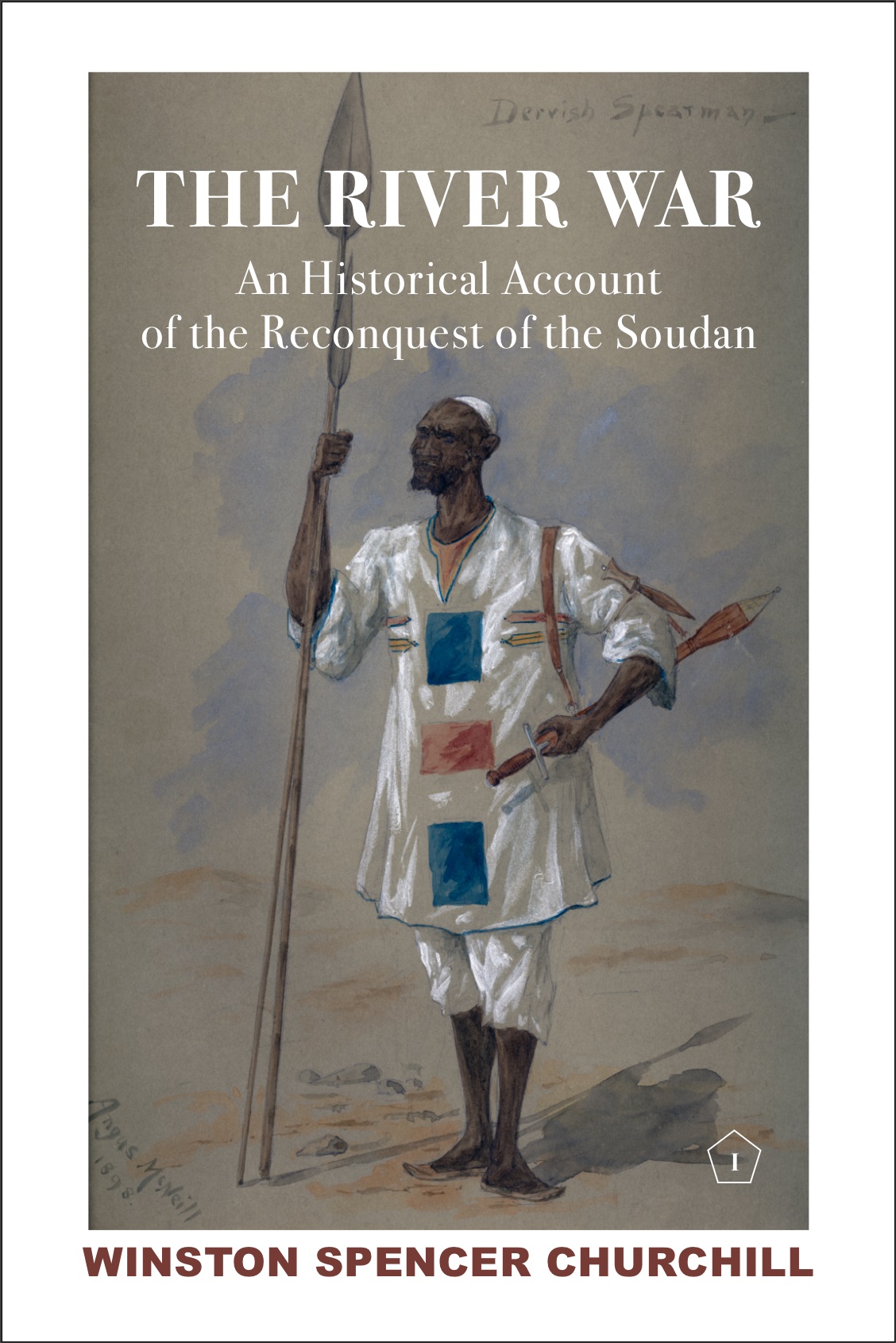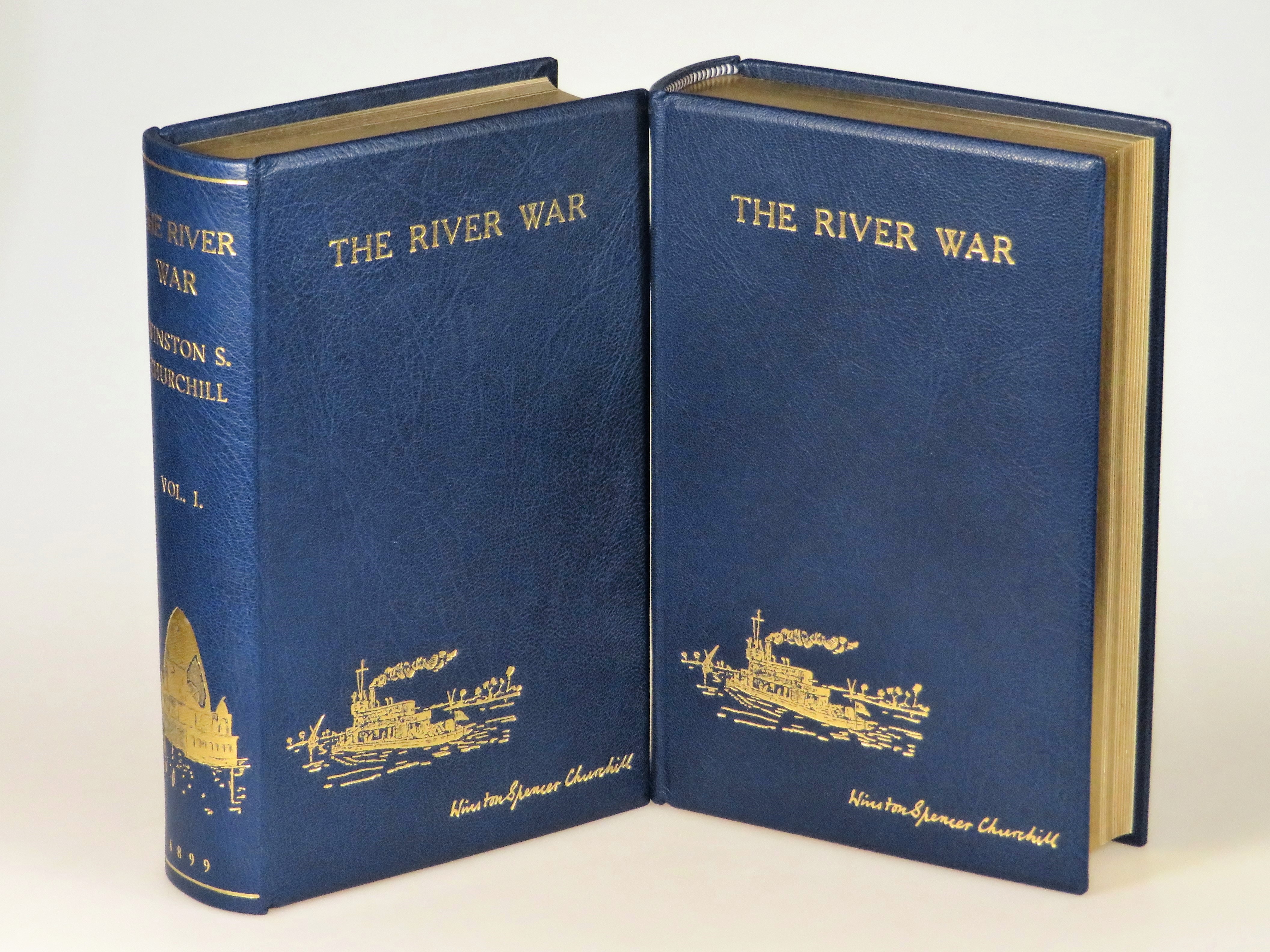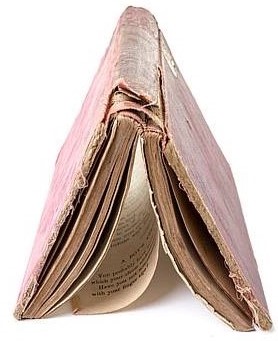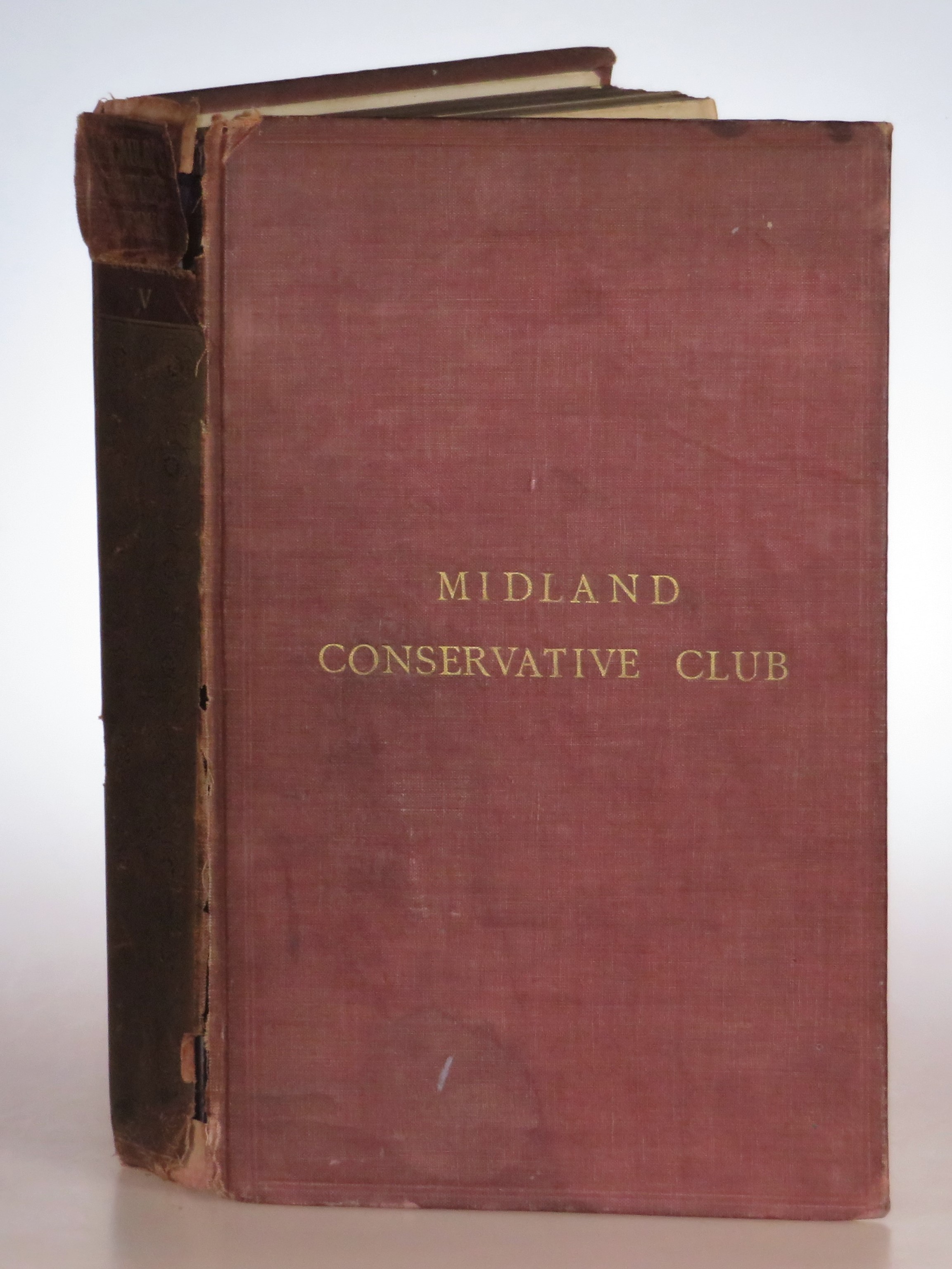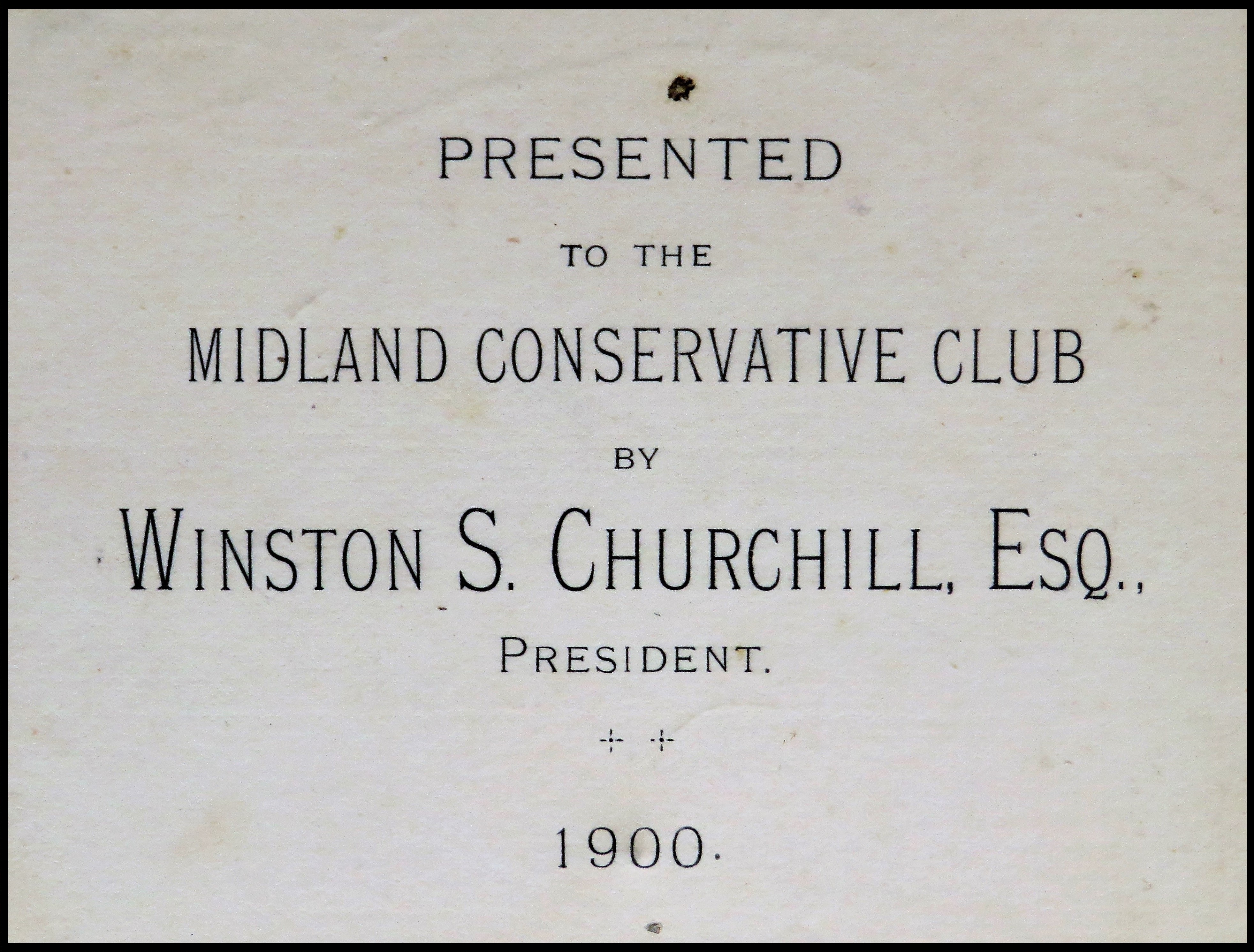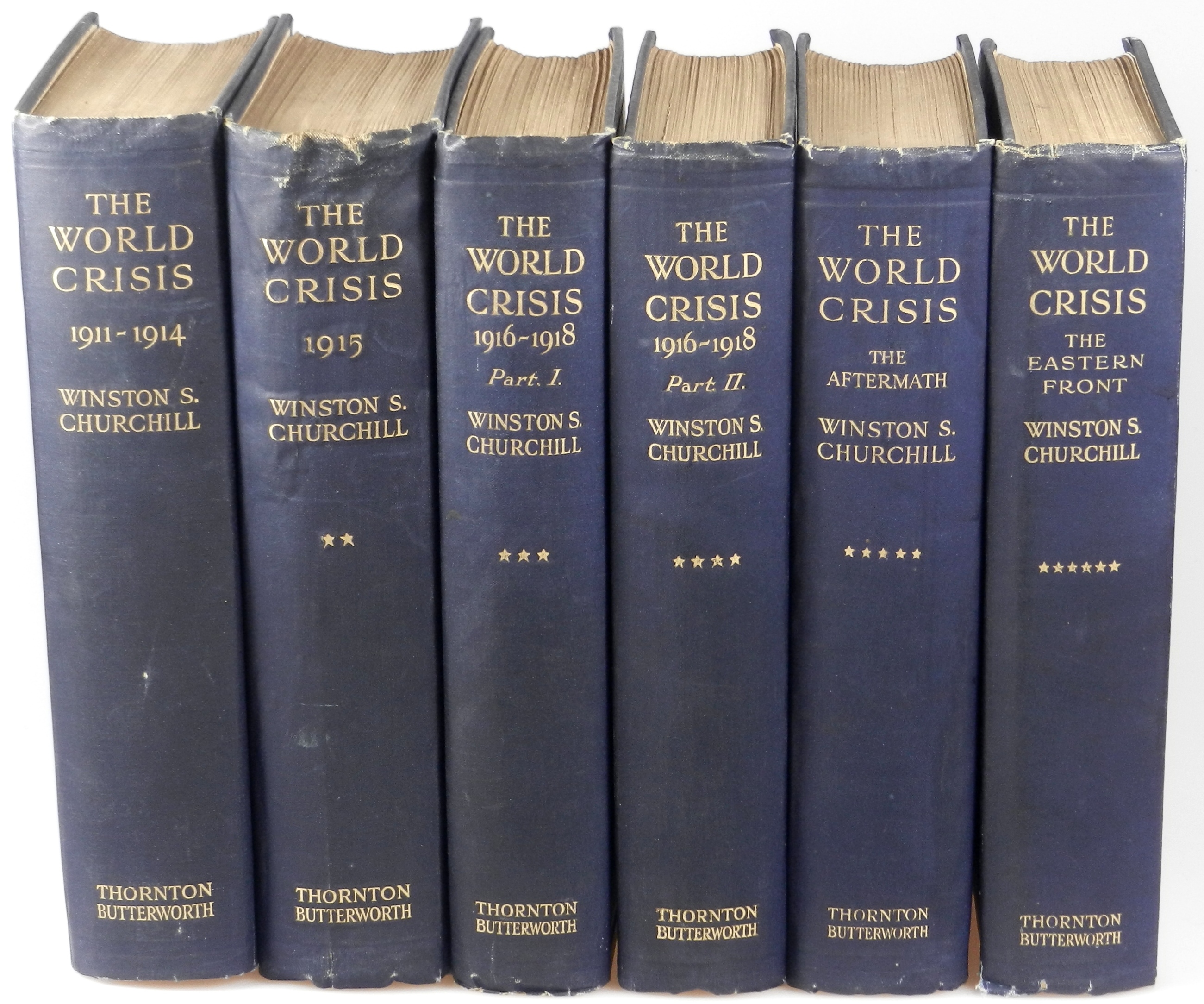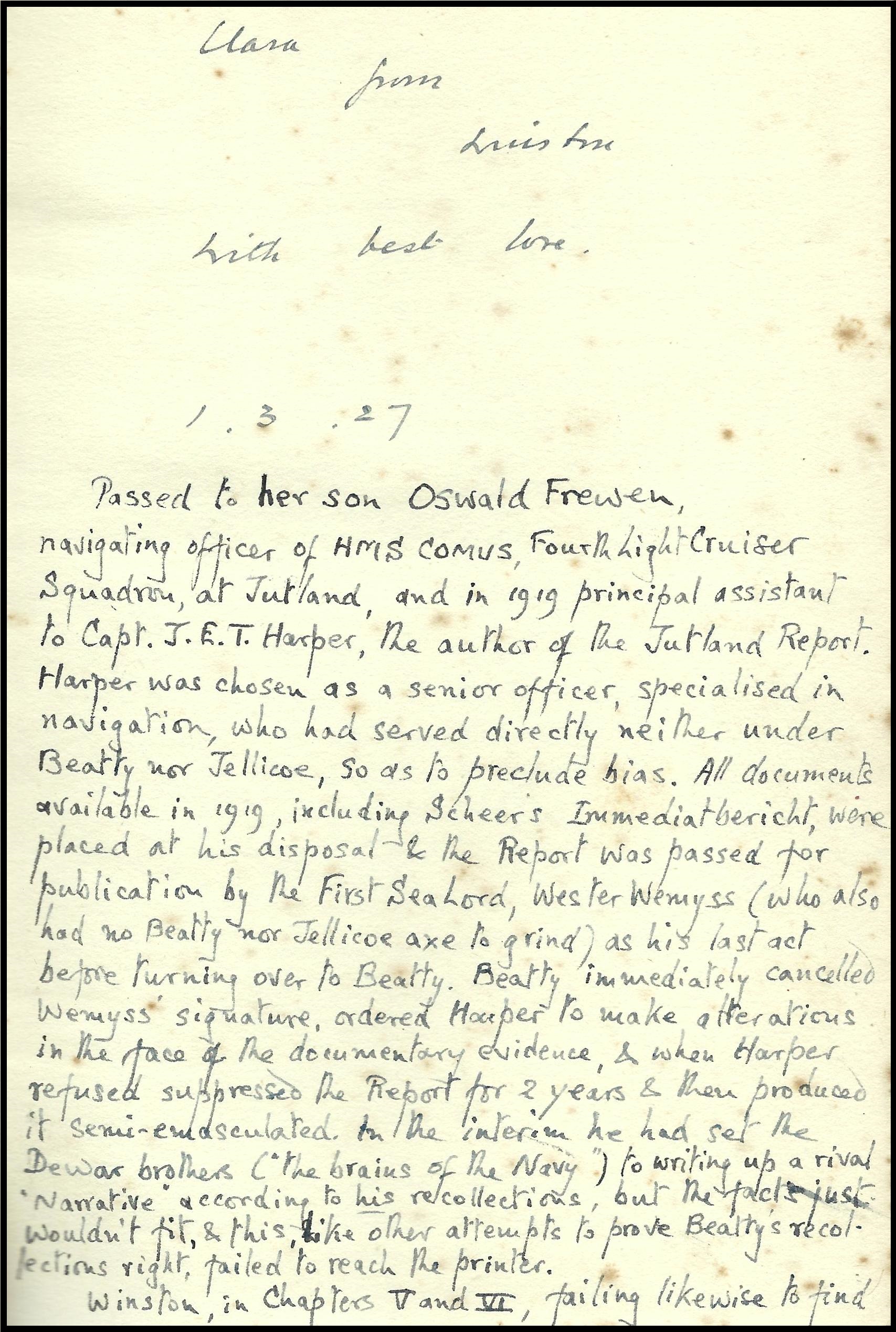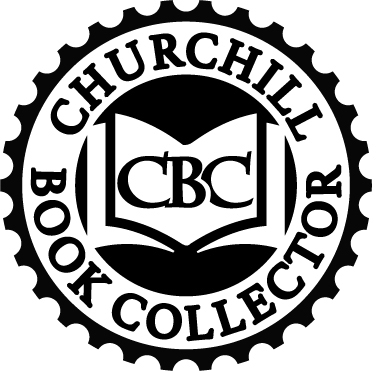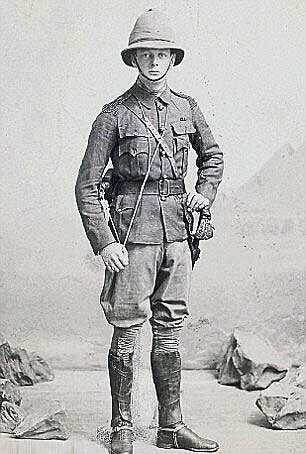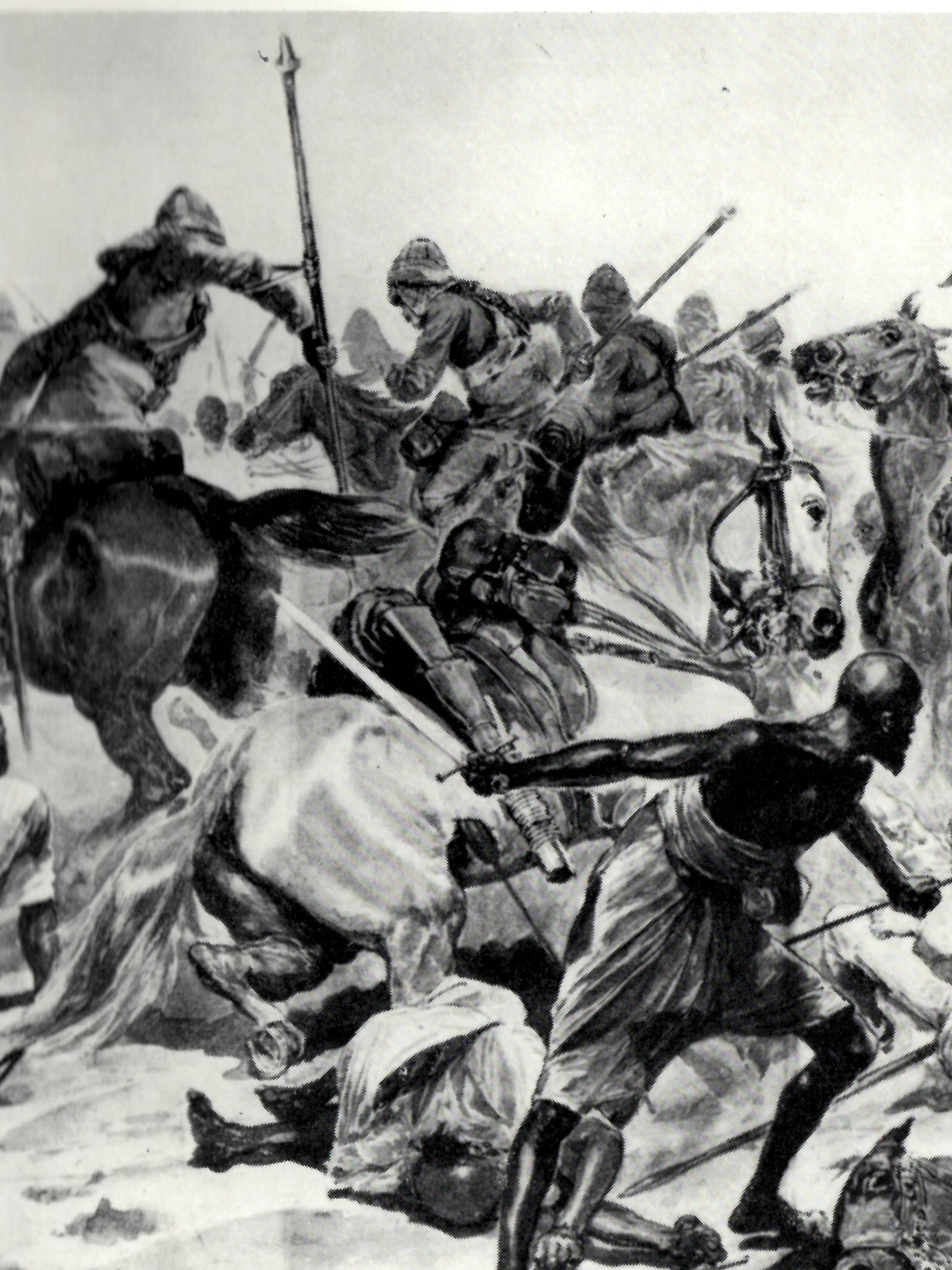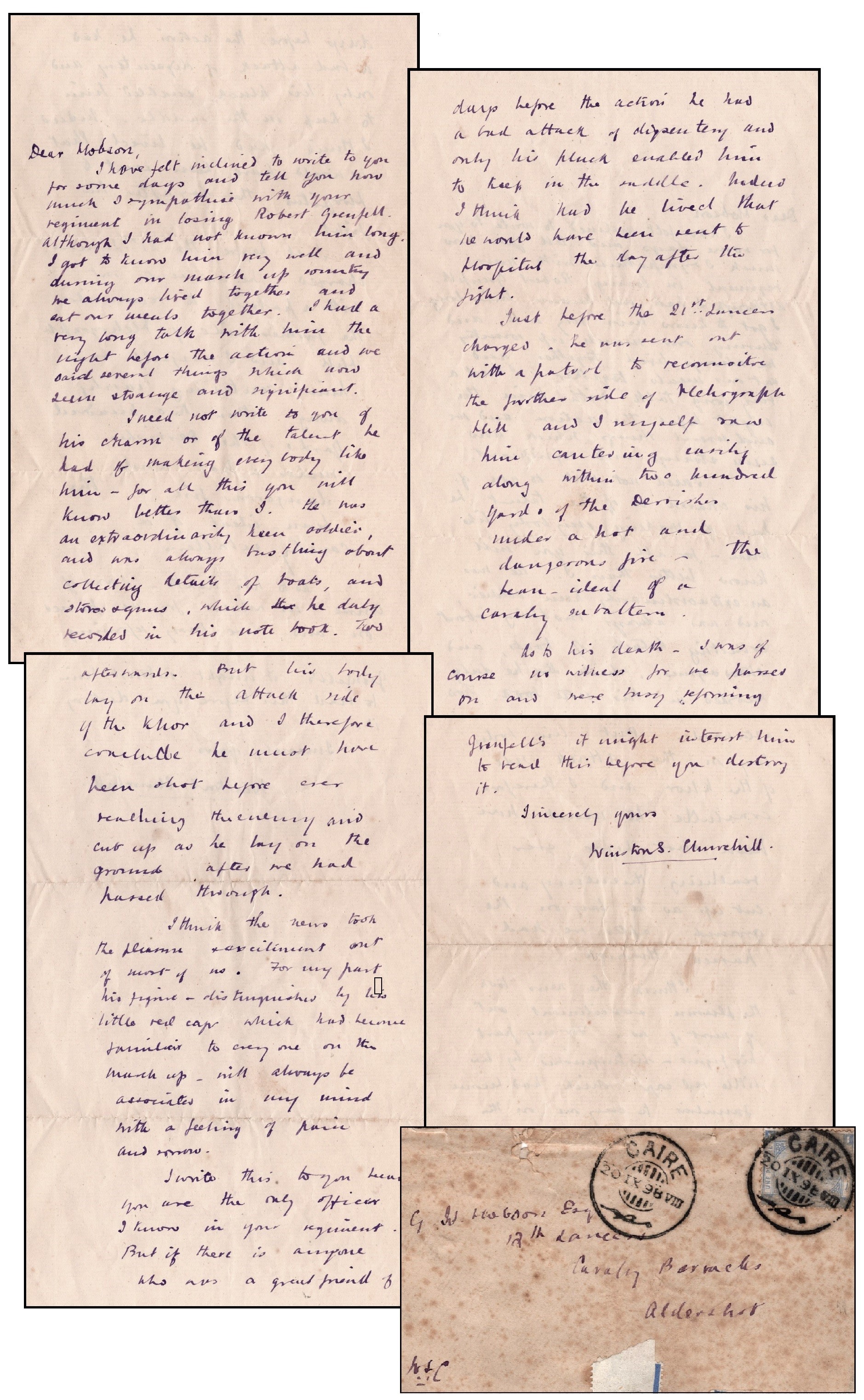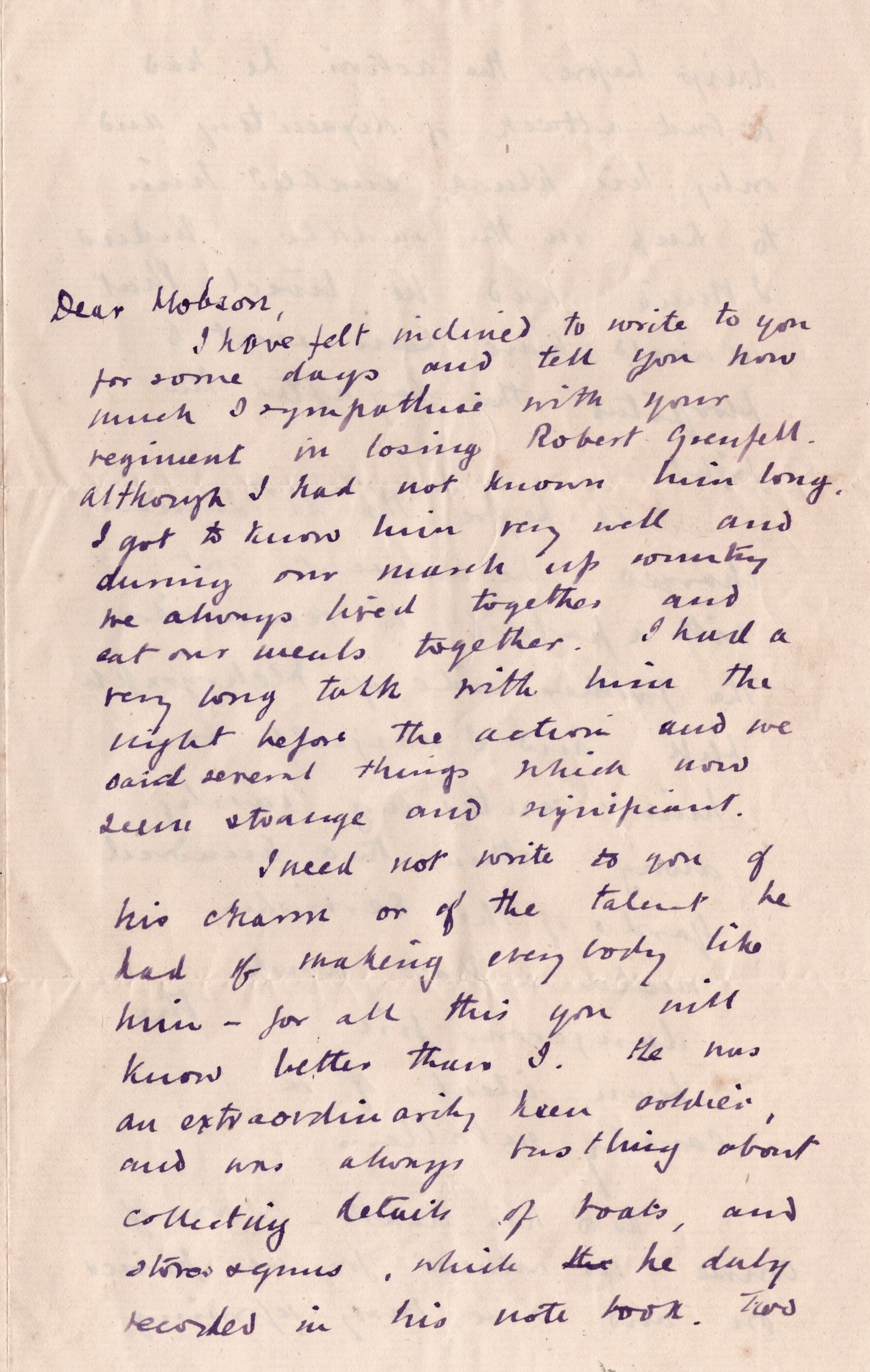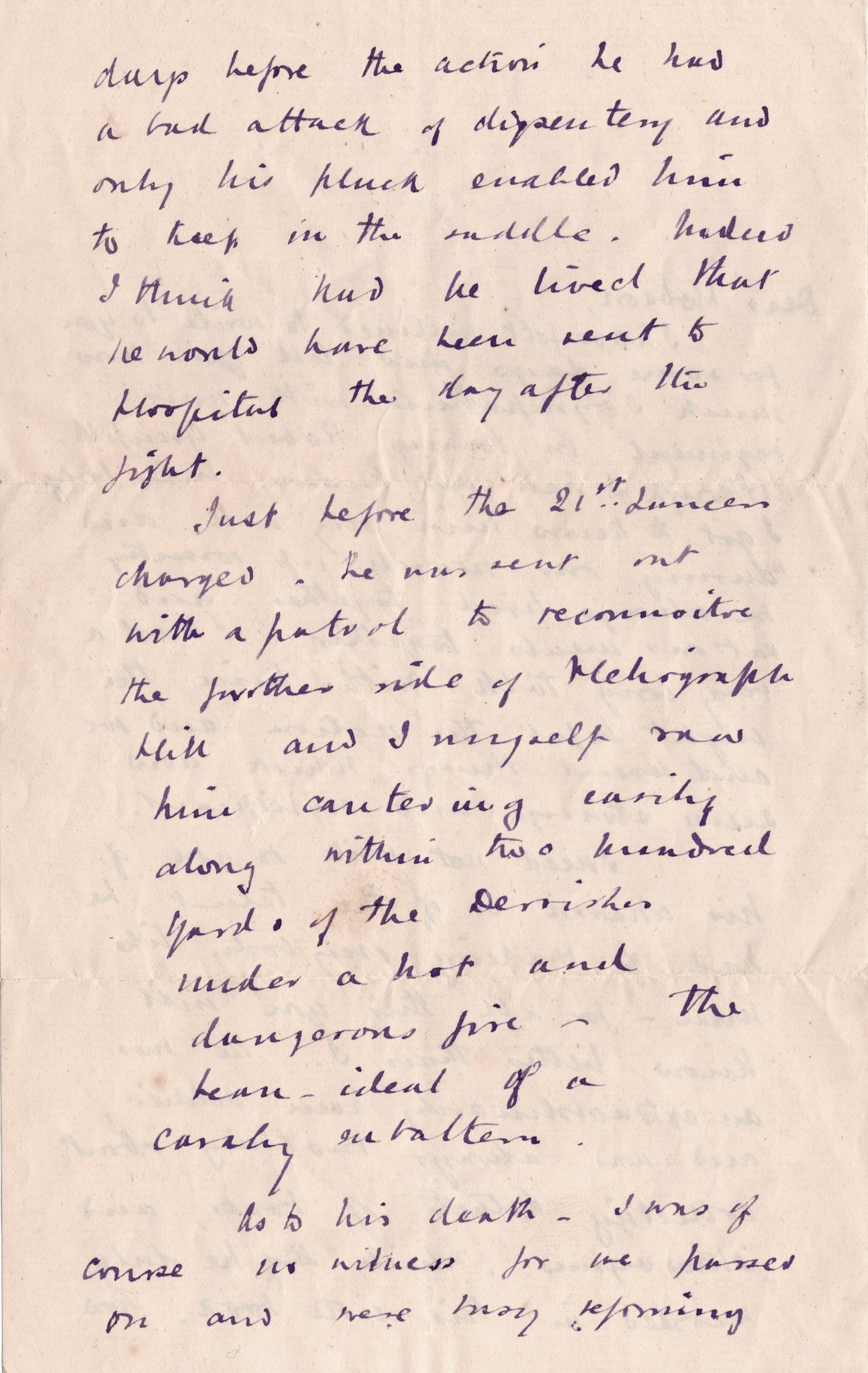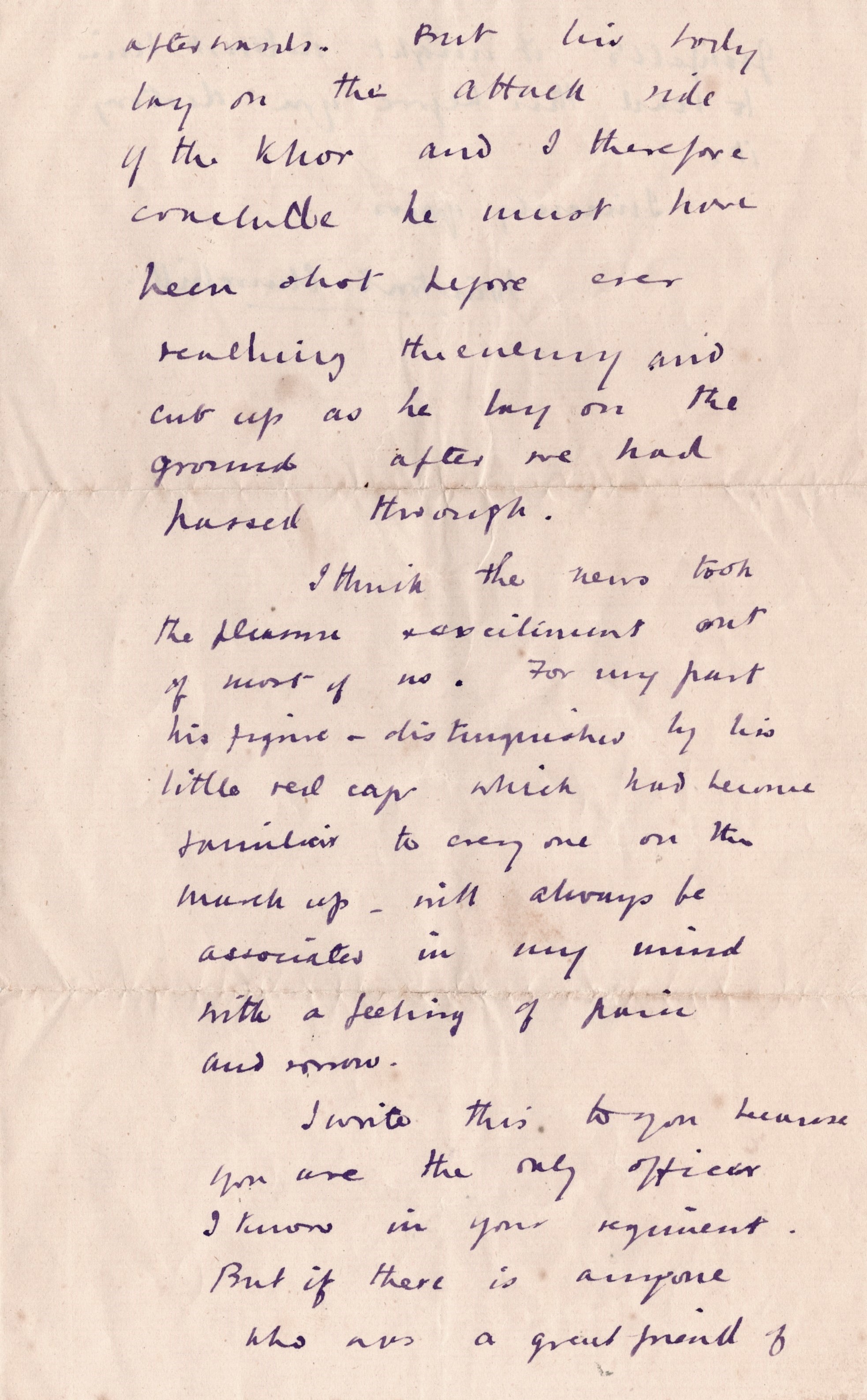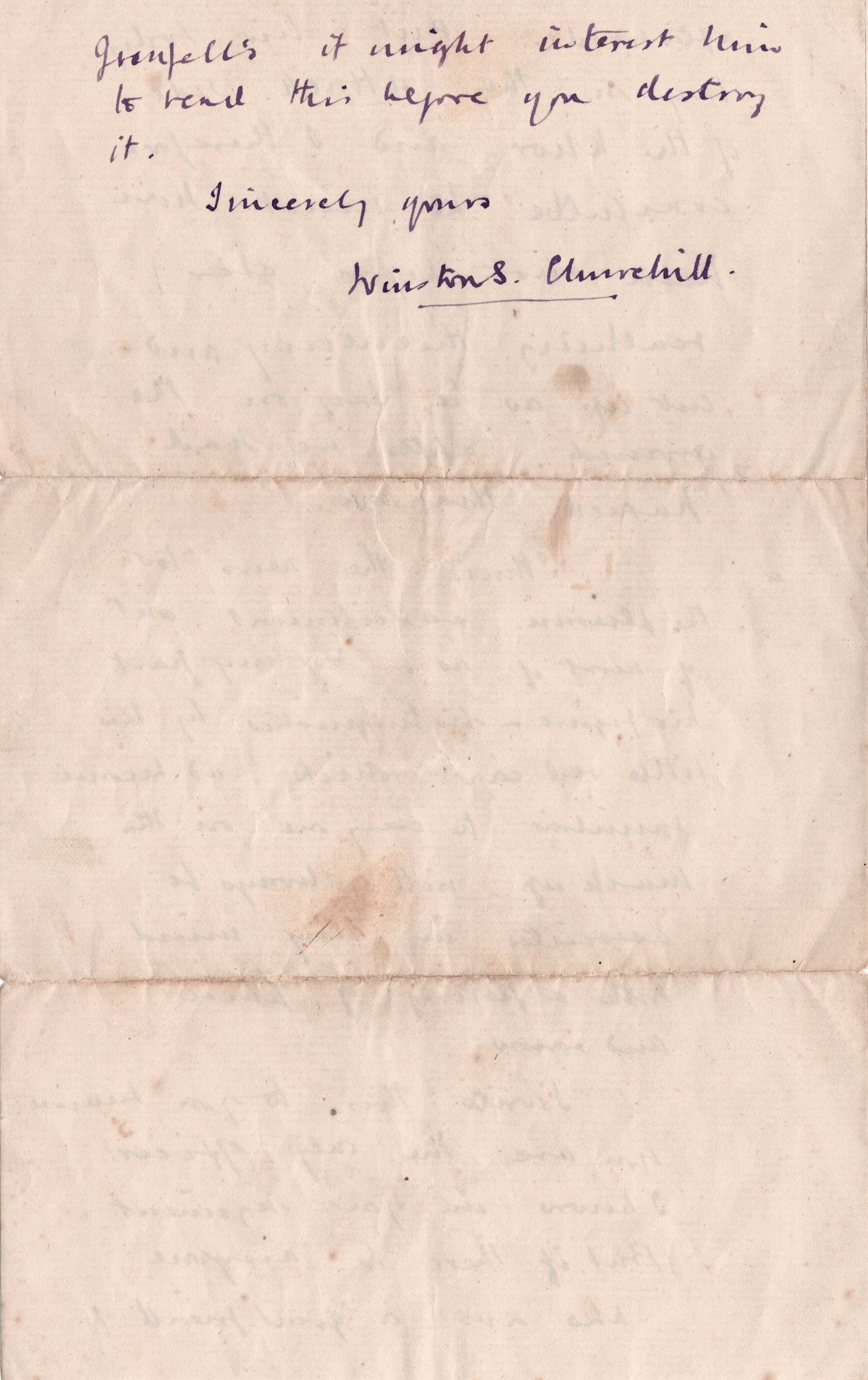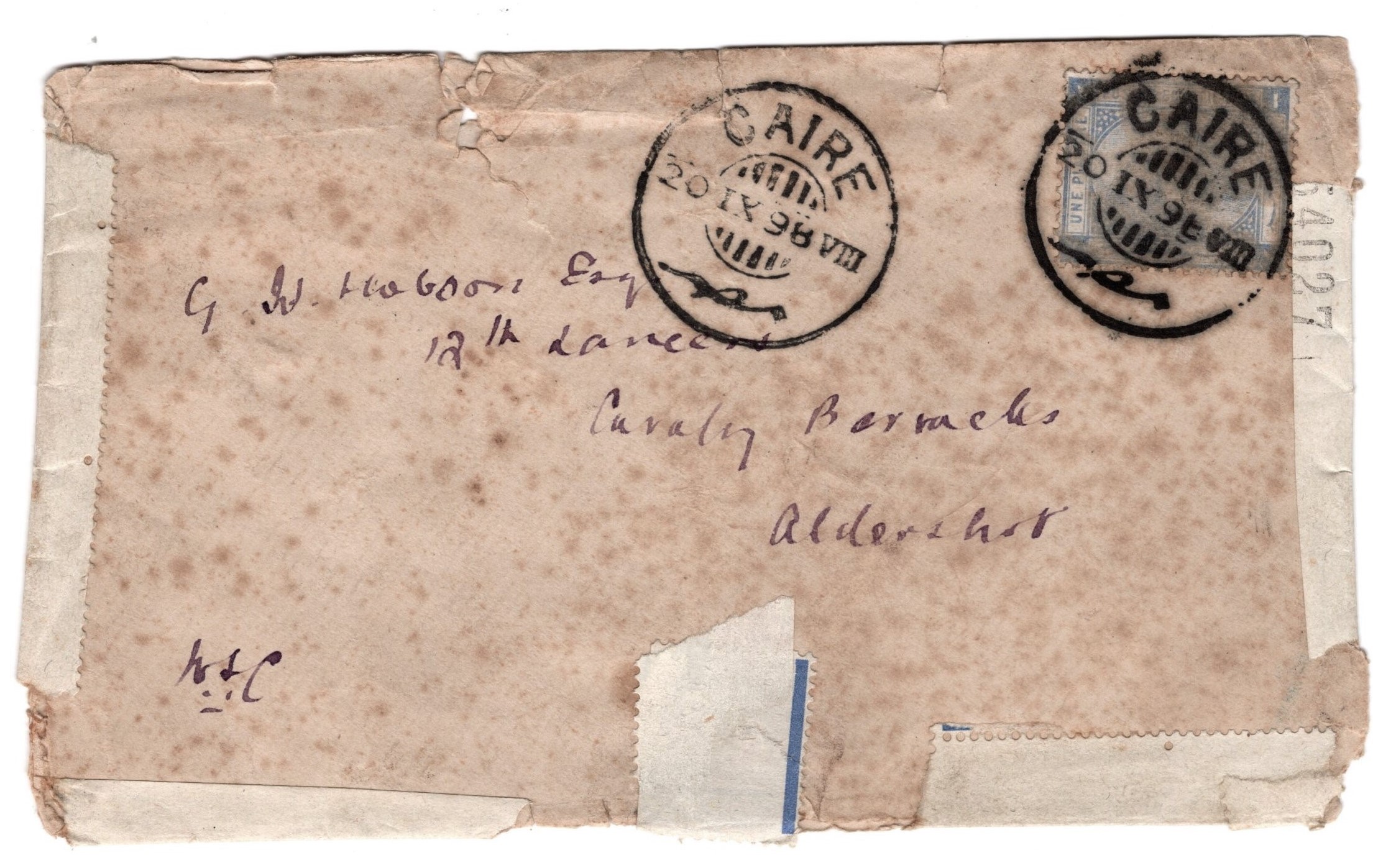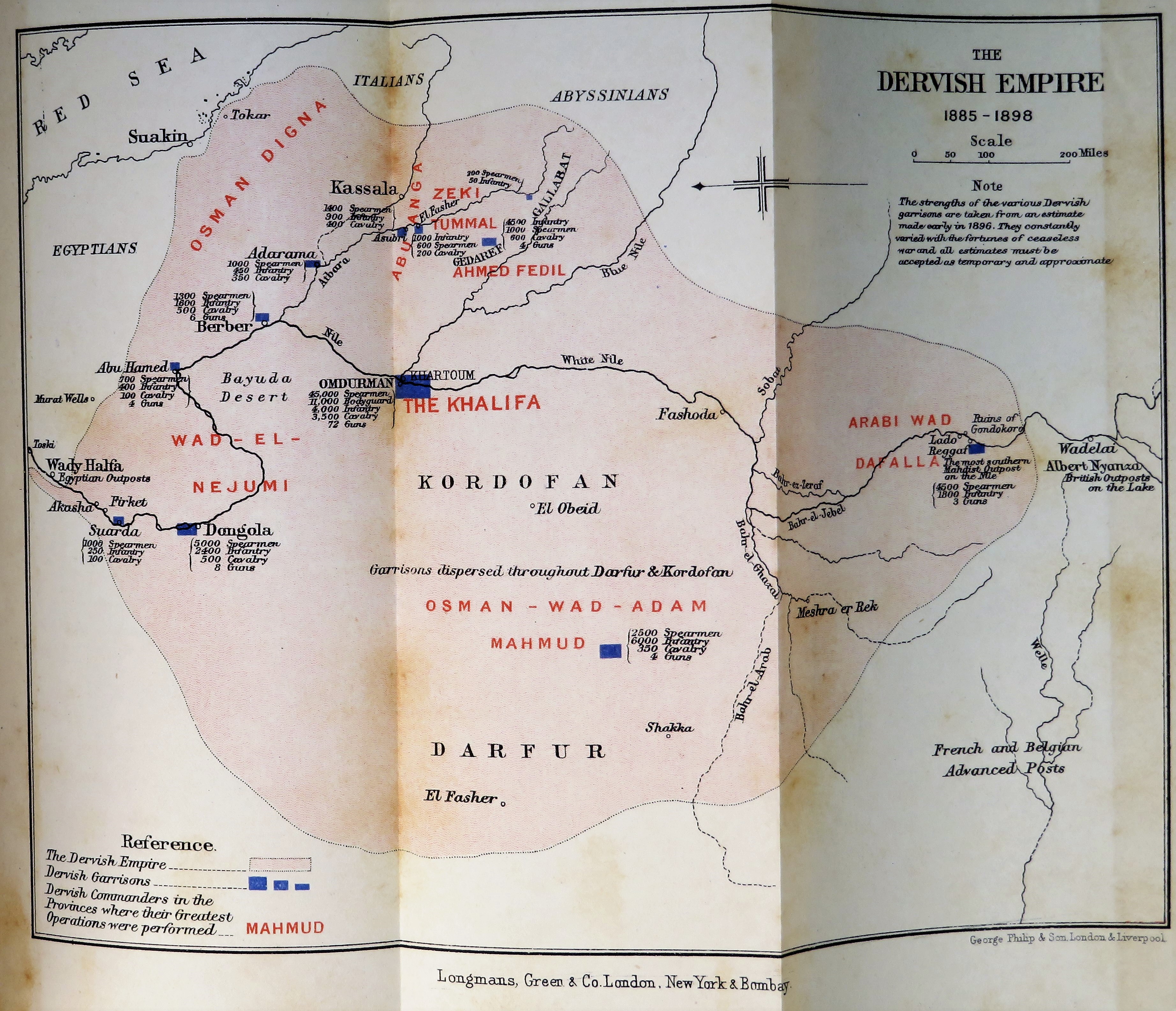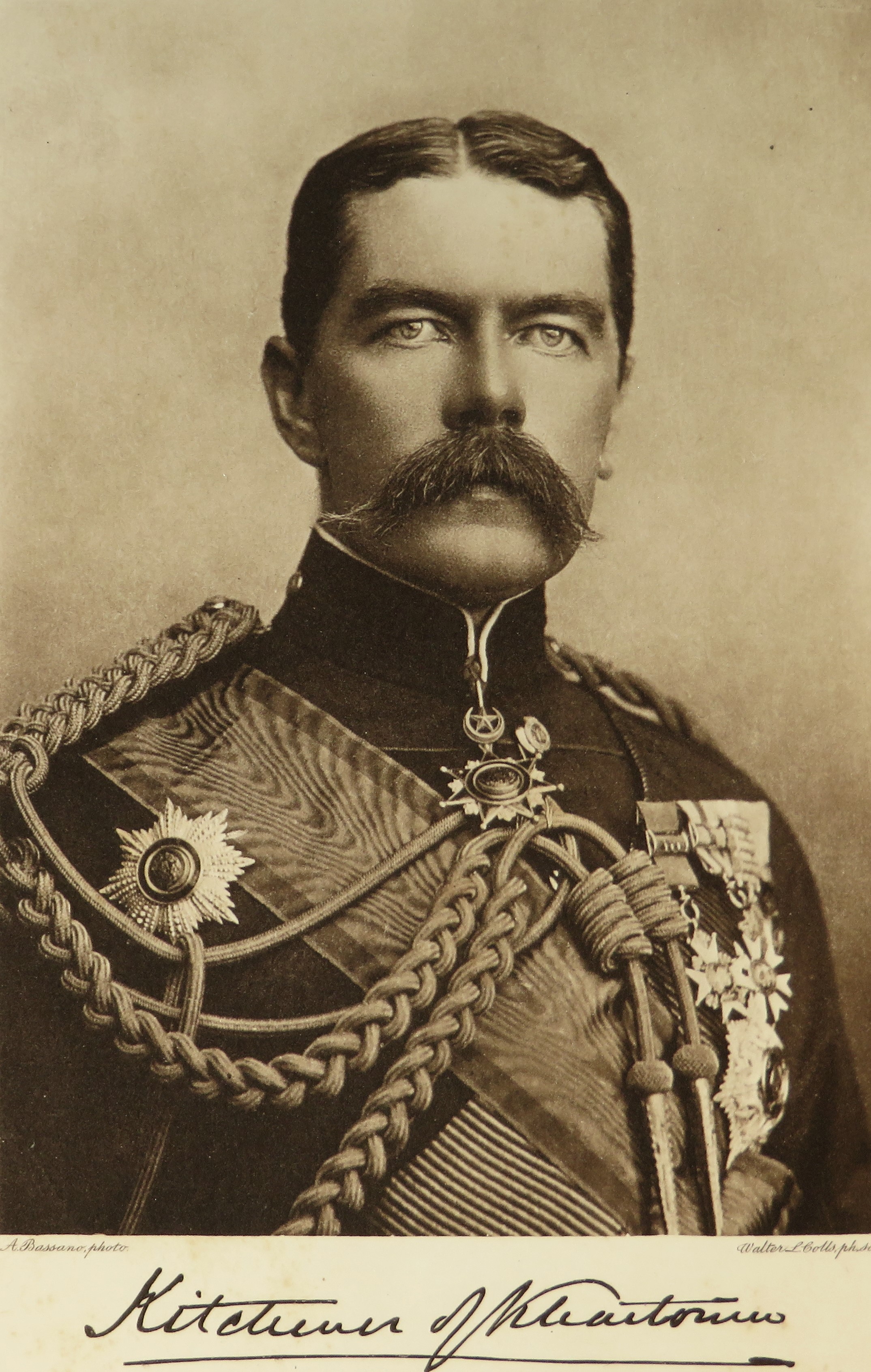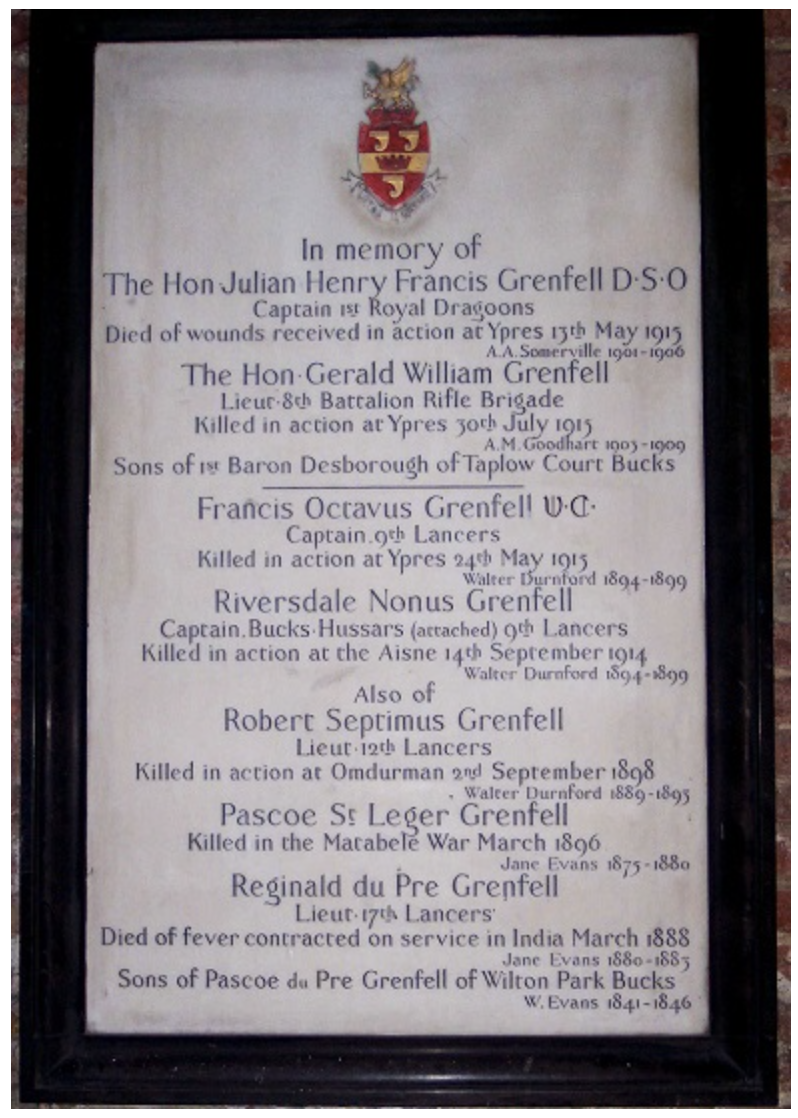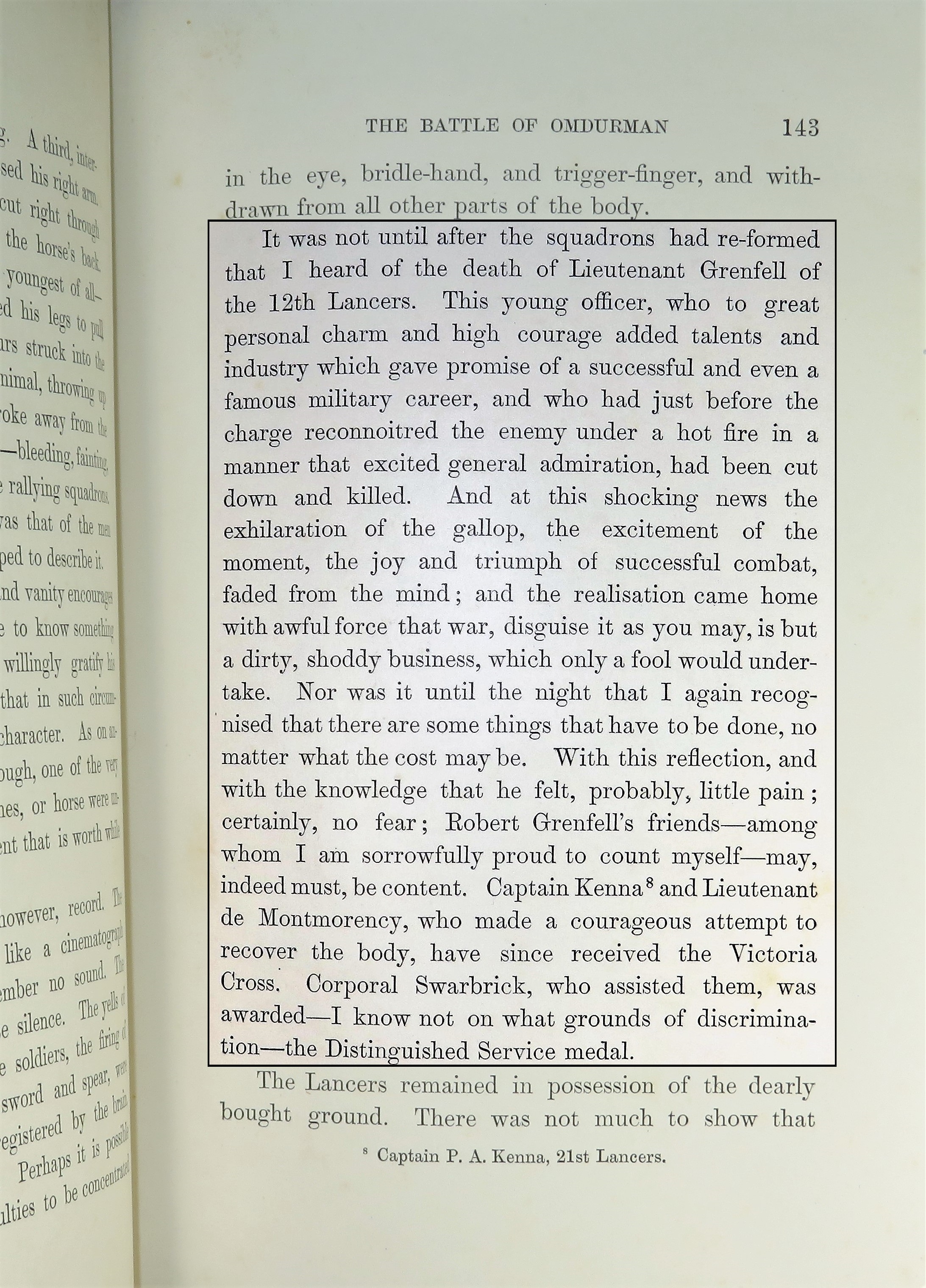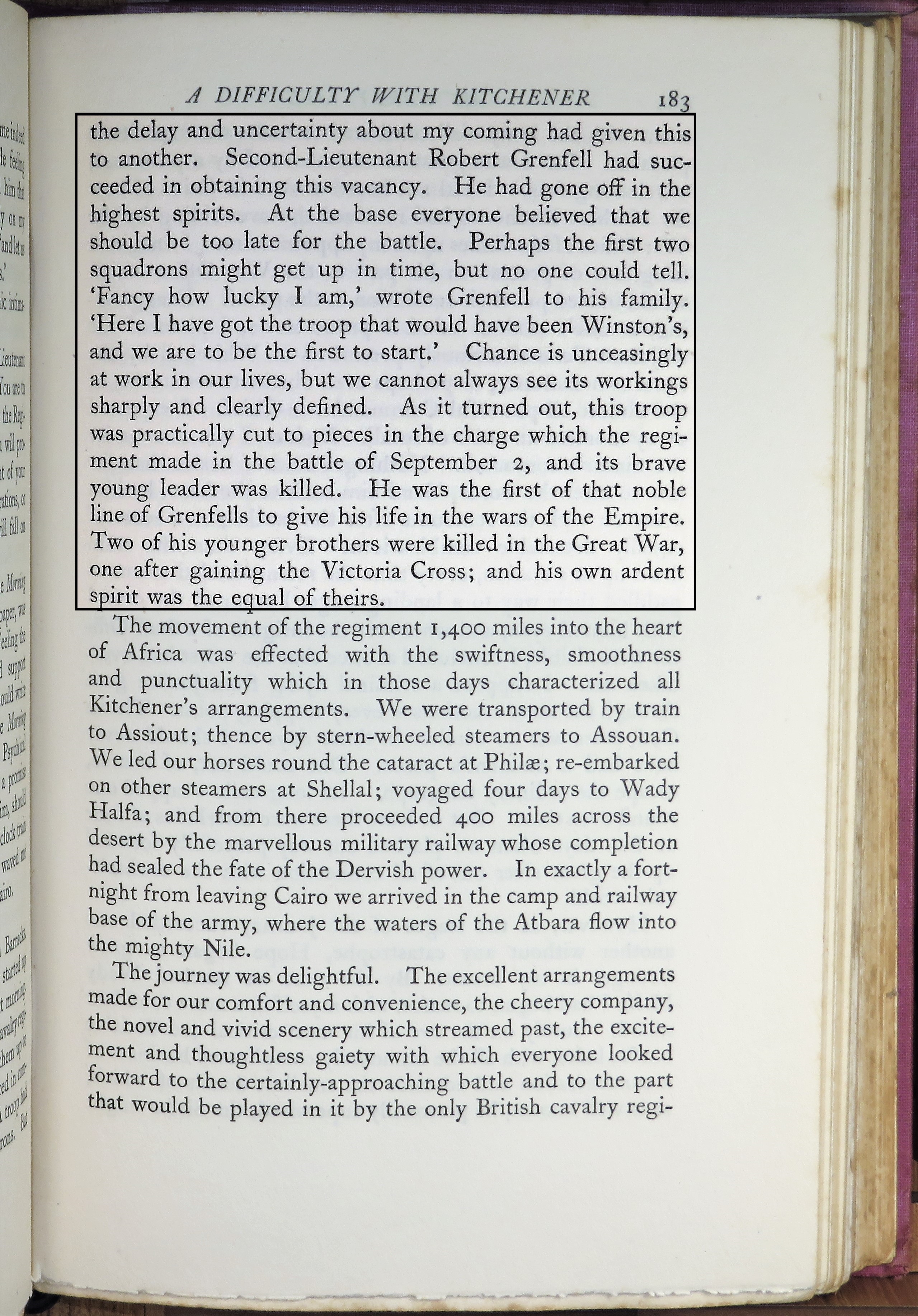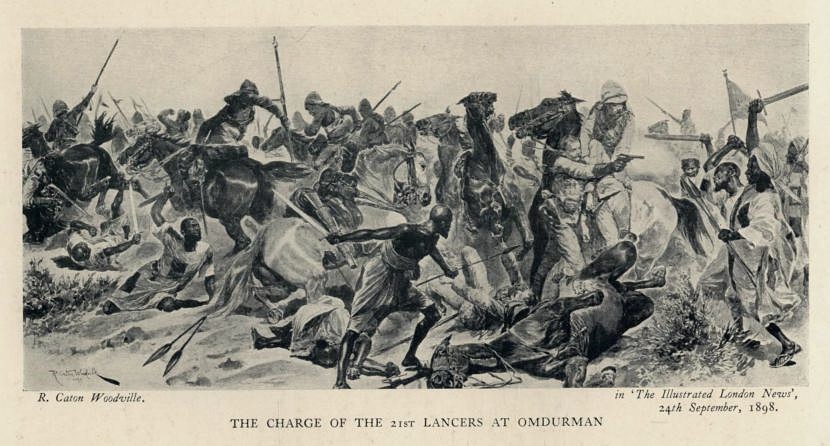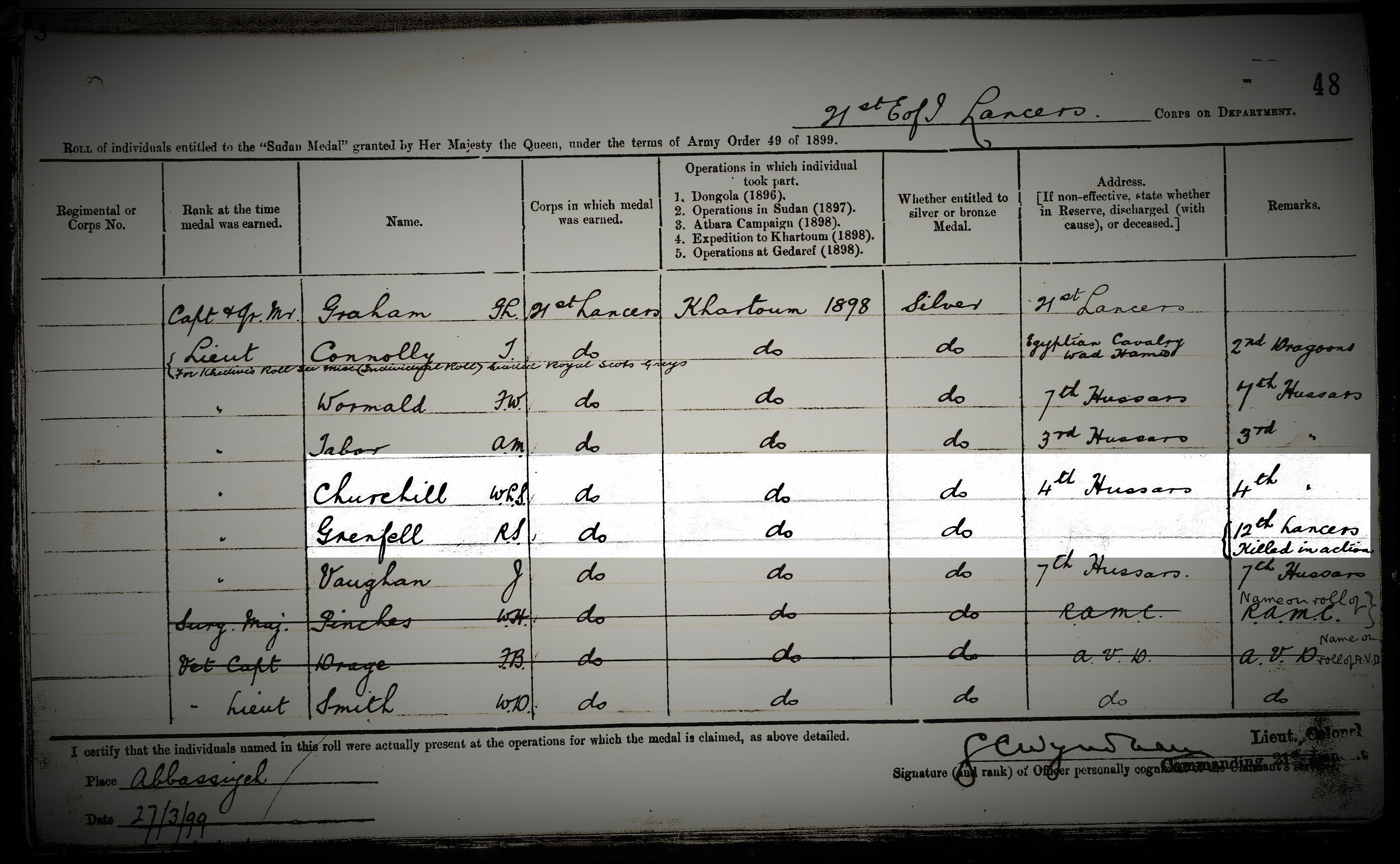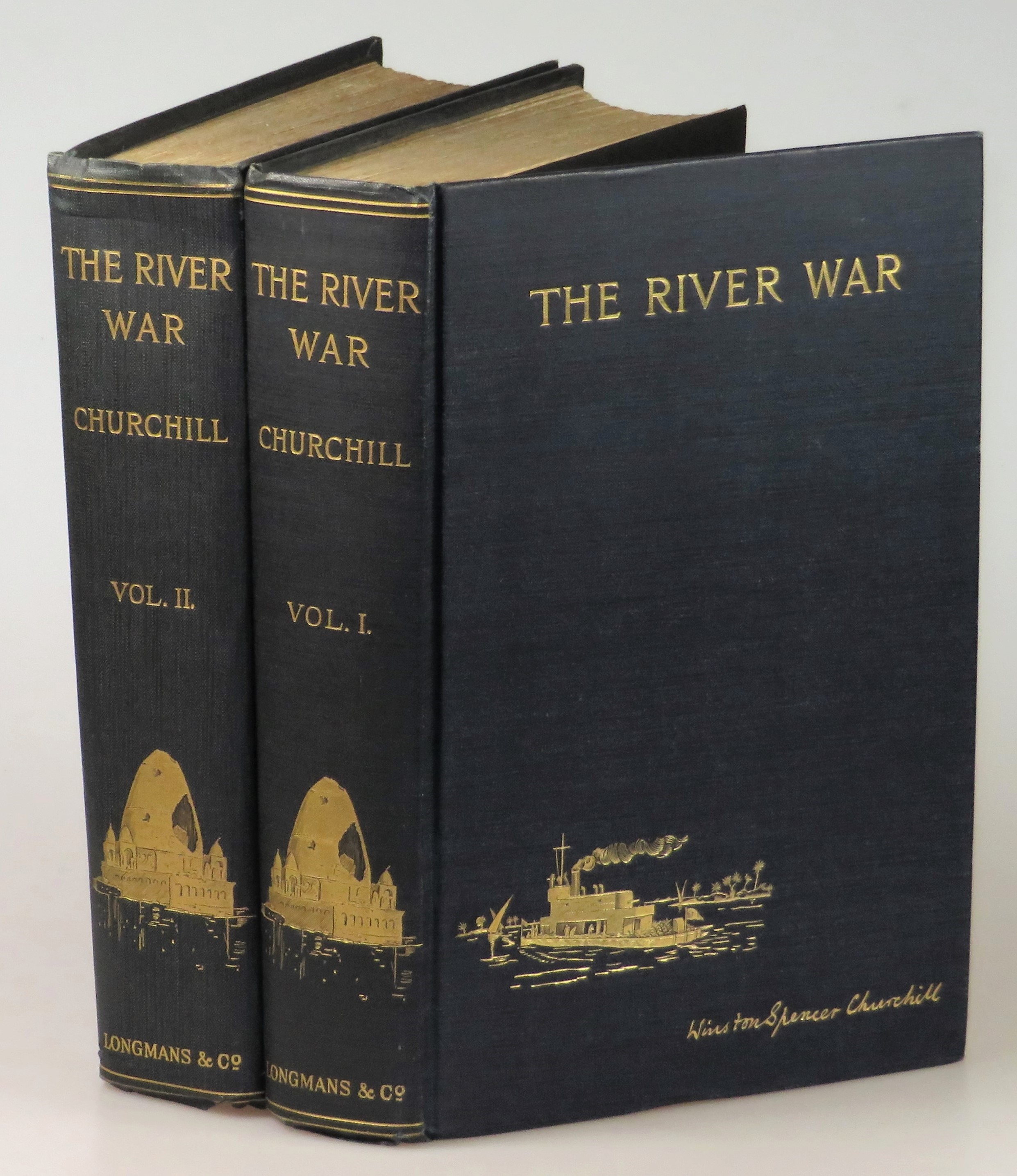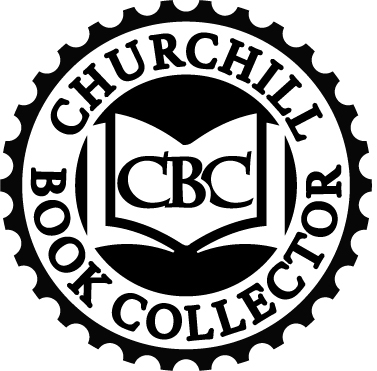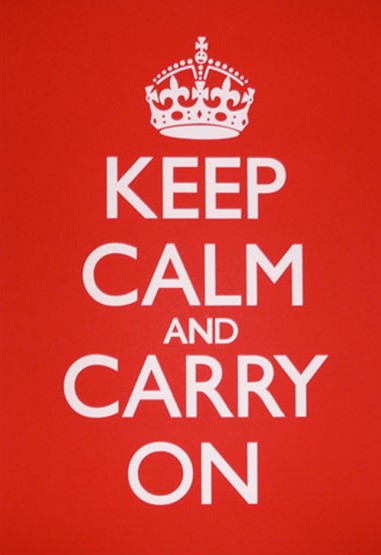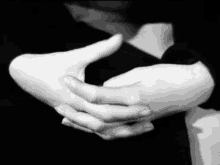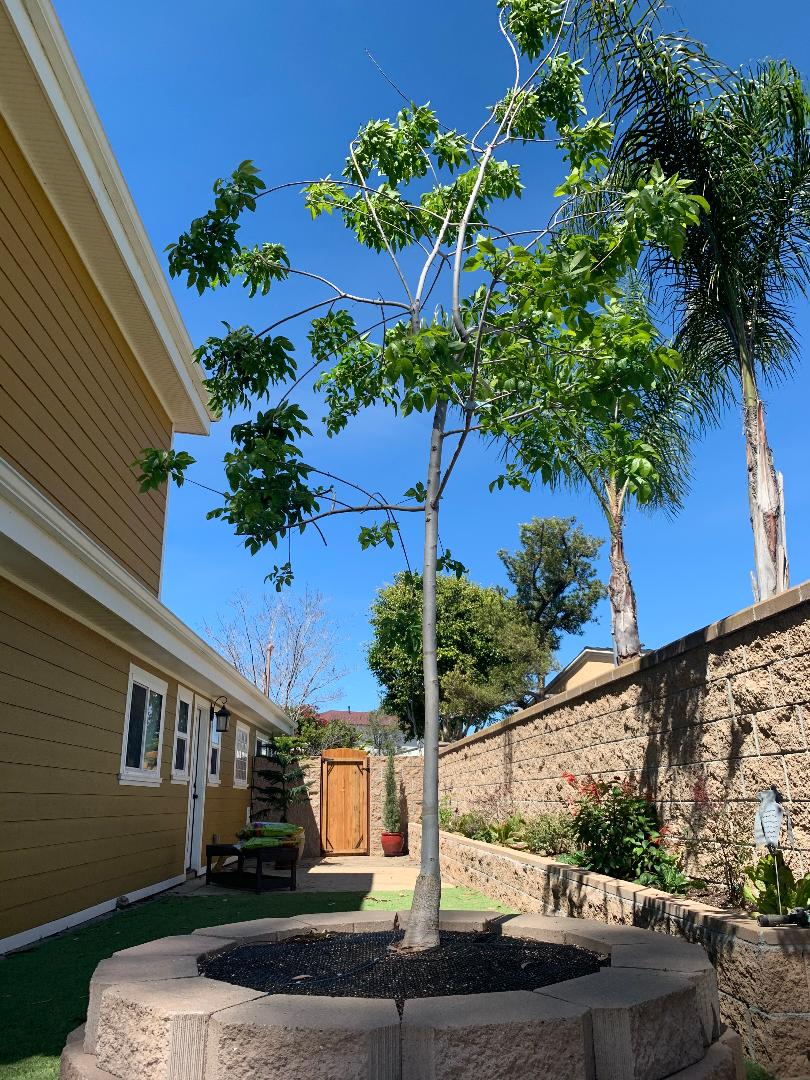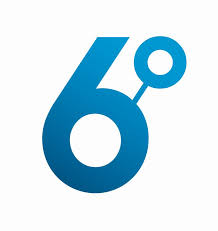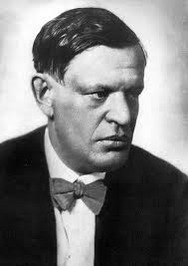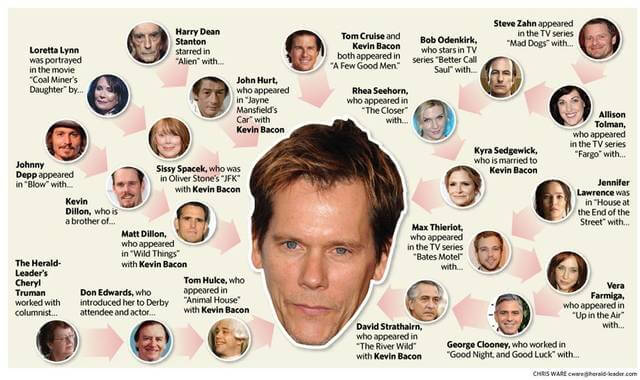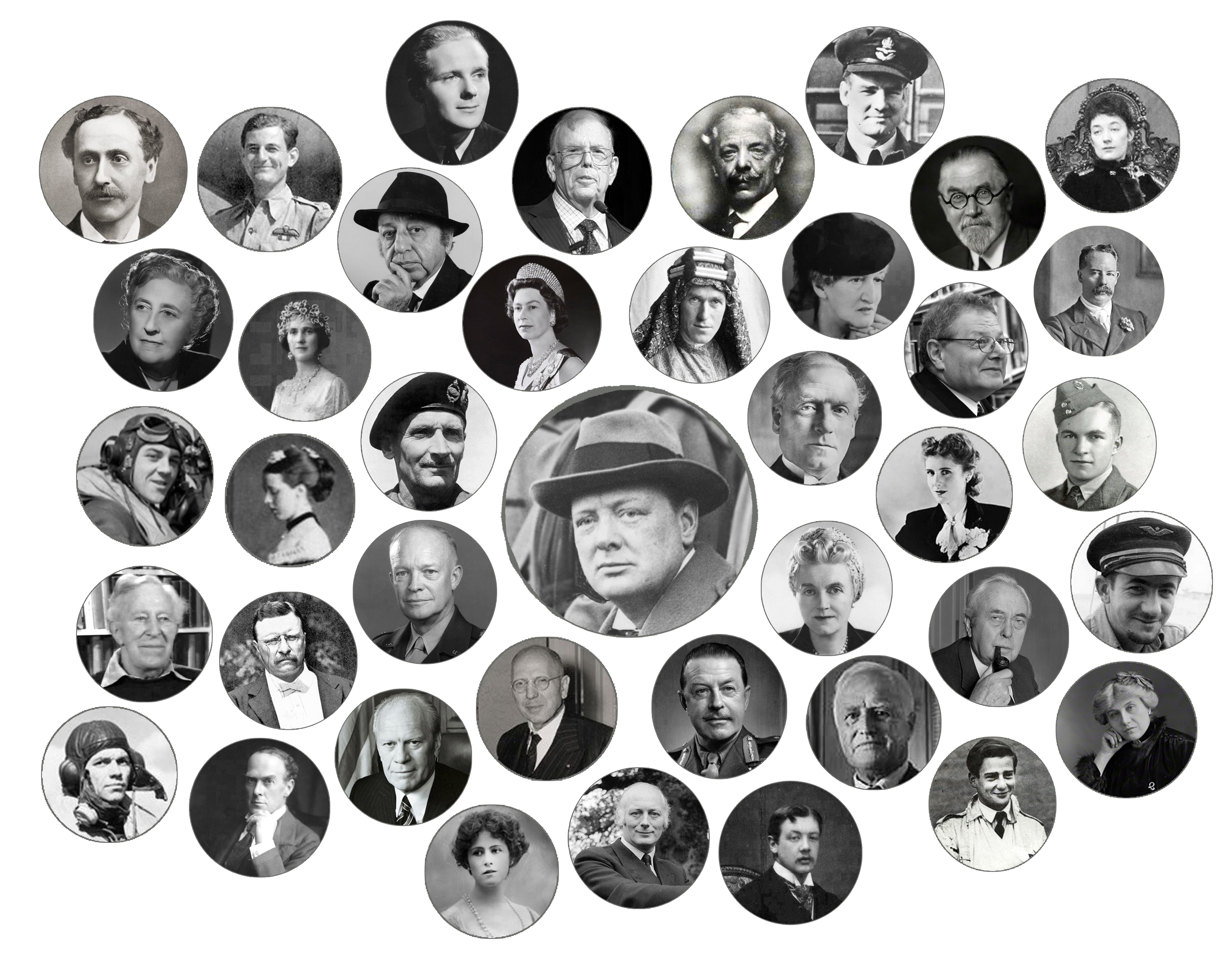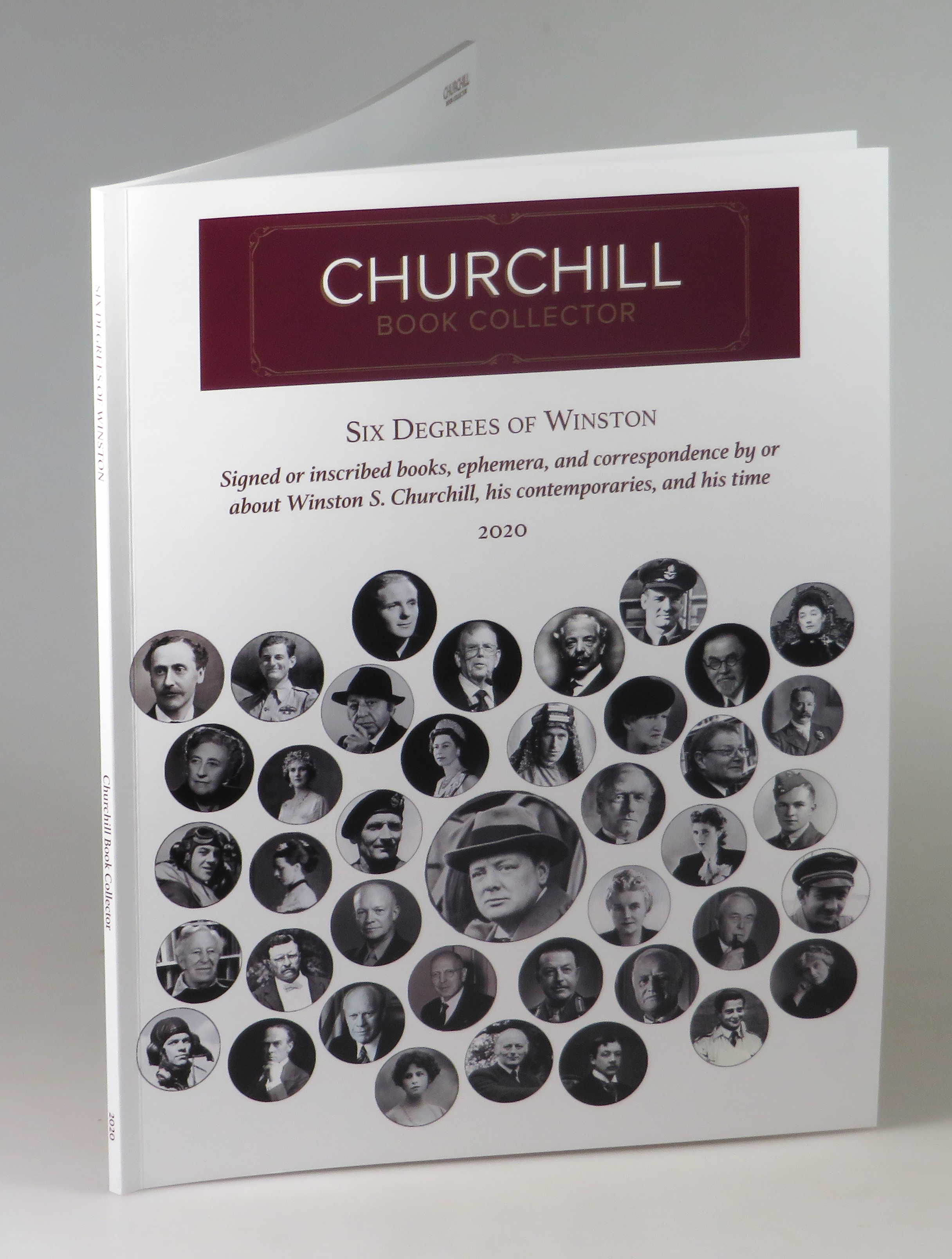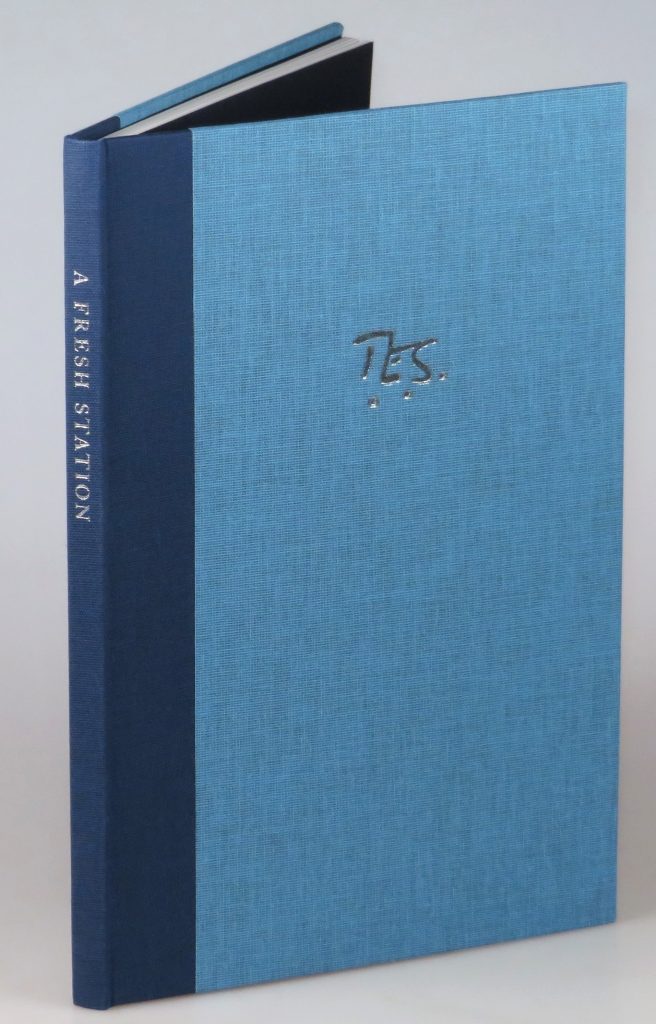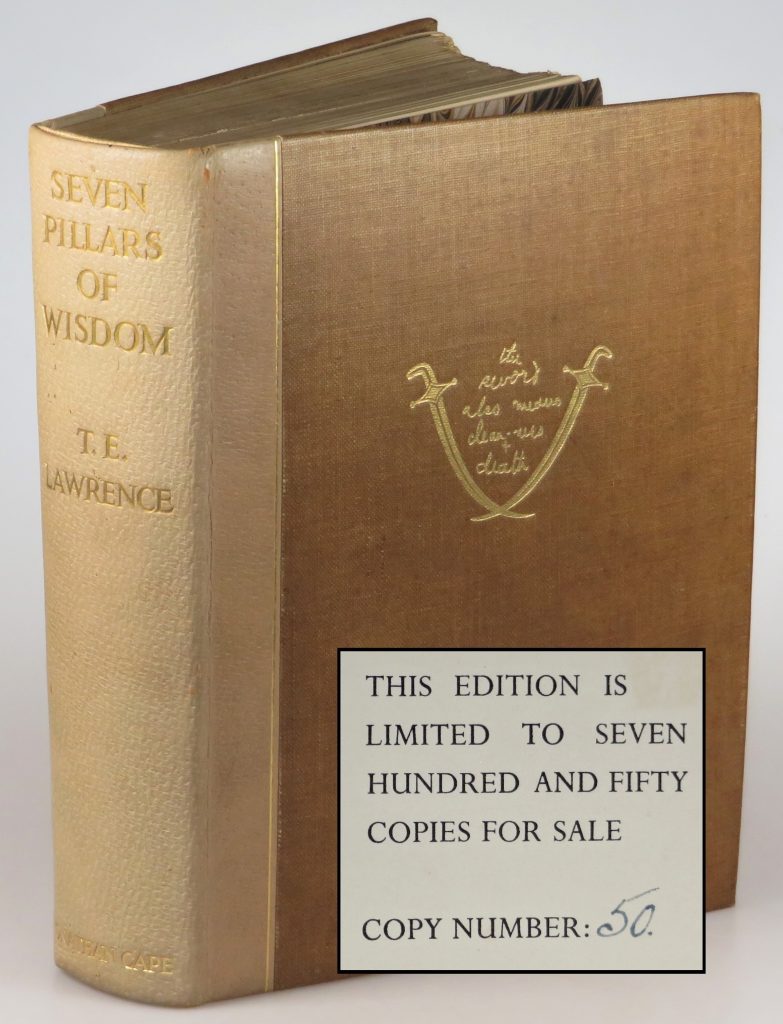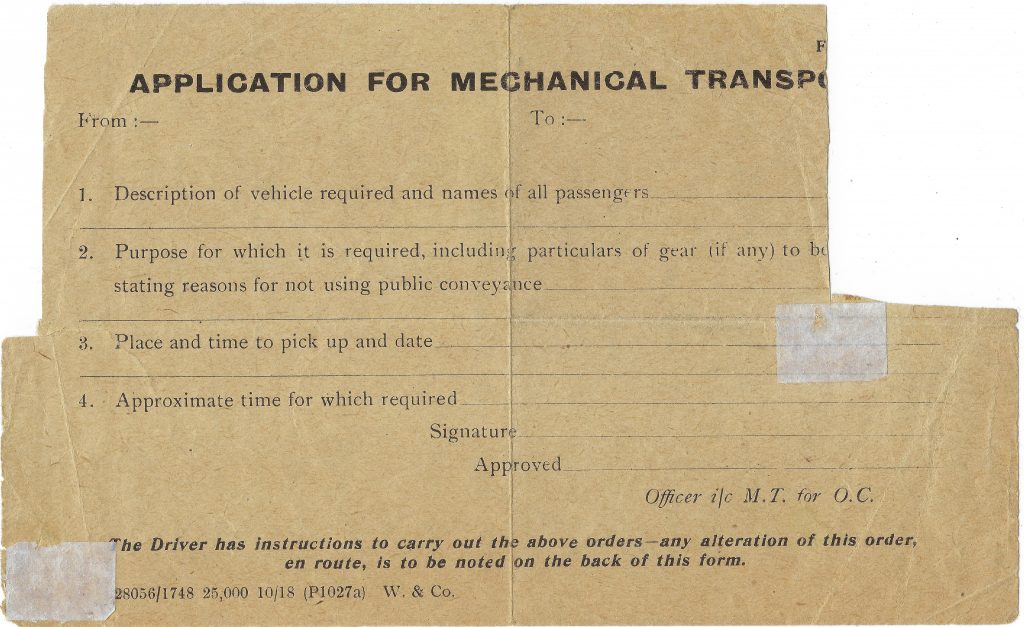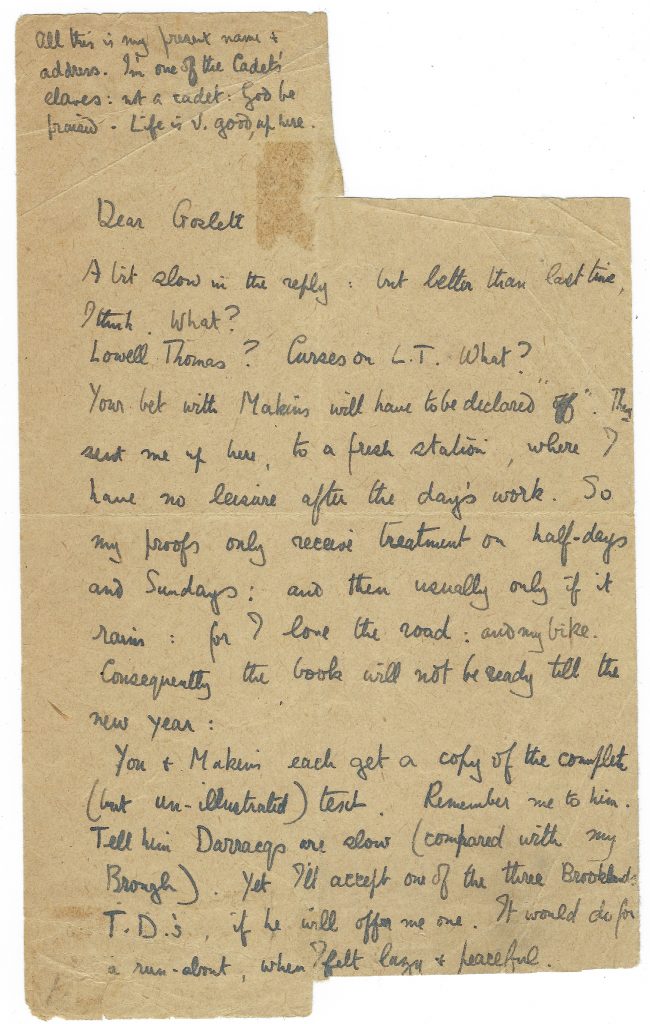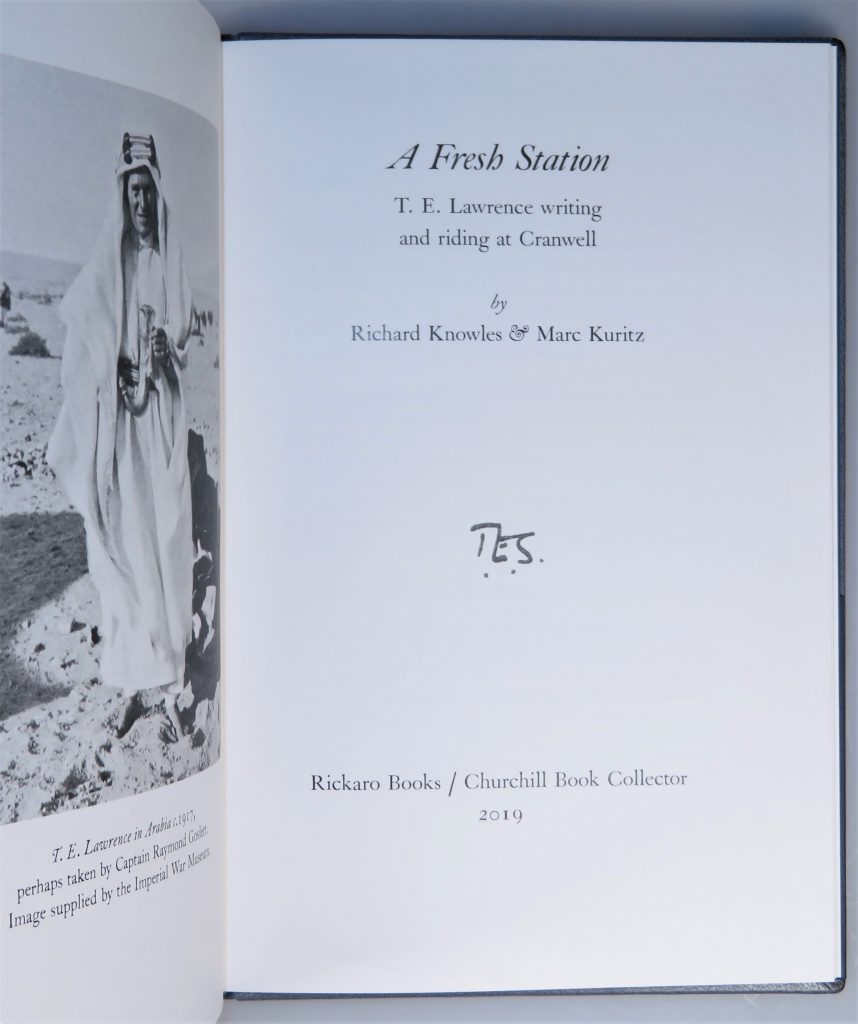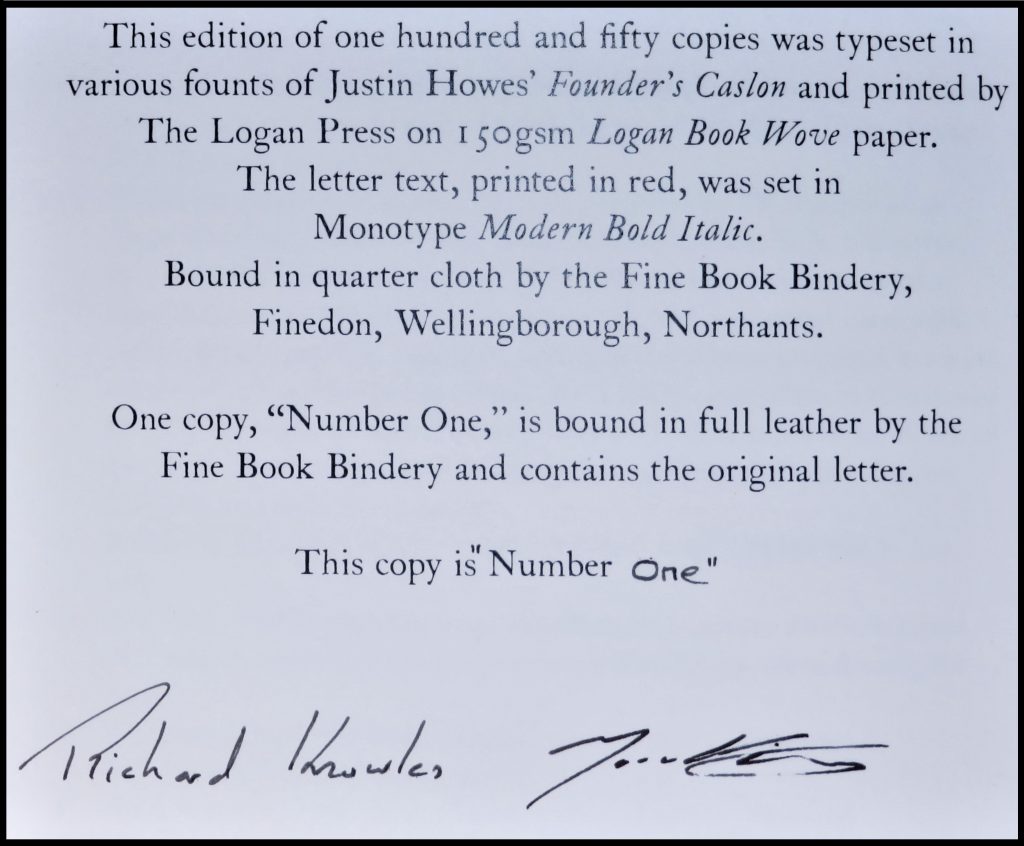My colleagues here at CBC have been pestering me to post some thoughts on a so-called “beginner’s guide to book collecting”. I’ve resisted. But knowing I like to talk, one of them tricked me by asking me questions and typing down the answers while I paced the library pontificating. So here it is!
What kind of rare books should I collect?
That’s an easy one. Collect the books you love.
I often remind myself – and customers who care to listen – that here at CBC we don’t sell anything that anyone actually needs. In no case of which I’m aware can the actual contents of a rare or valuable book in our inventory not be read or accessed less expensively. Once you embrace the fundamental impracticality of book collecting, it makes sense to collect what stirs you, what kindles and informs your personal passions.
“Rationalize the obsession as an investment”
Don’t get me wrong, book collectors should be great rationalizers. Once we decide on what we want, then it’s OK to be rational. Once we know what we’re after, we should set about acquiring it in the most logical and even methodical way possible, sensible to condition, edition, state, and all those things. And, as is the case with real estate, not only should we buy sensibly, but should plan to hold the item for an appreciable period of time. This allows a chance to see value increase – and so gives us a chance to rationalize the obsession as an investment. But the prime directive that should underpin any indulgent impulse to collect is to seek and acquire what you love. Like all great loves, you don’t have to explain it for it to be valid.
How can I learn more about rare books?
Well—I suppose there’s really three things to learn, each different but of a piece.
The first thing is to learn about the physical nature and characteristics of books. That is, how they are printed, how they are bound, and all the many permutations of materials and methods, and all the cool terms of art that pertain to the process and product. One of many books on the subject that’s worthwhile is The Dictionary of the Book: a Glossary for Book Collectors, Book Sellers, Librarians, and Others by Sidney E. Berger.
The second edict is to know your author. For whatever author(s) you collect, you should familiarize yourself with what they wrote, when and where and how they published, and the many editions, printings, states, and issue points that pertain to their canon. Most noteworthy authors have a bibliography. A good bibliography is a map for the strange and wonderful journey of collecting.
Of course, not all bibliographies are equal, but all are informative to some degree. Some authors, of course, do not have a bibliography, which presents its own interesting challenges to a collector, as you have to accumulate the knowledge on your own. Most of the time, it’s a bit of both. I consider Ron Cohen’s three volume bibliography of Winston Churchill to be perhaps the most exhaustively thorough bibliographic effort I’ve ever seen published. Ron devoted nearly a quarter of a century of research to the effort. Nonetheless, over decades, as I’ve encountered items unknown to Cohen, I’ve made a great number of emendations to my copy of his work. I think of it as adding my own notes to the map as I make the journey.
“old books aren’t necessarily precious, and precious books aren’t necessarily old”
Third and lastly, familiarize yourself with the market. You should have some idea of prevailing market history and trends for the items you seek to collect. If you are collecting a specific author, you should get to know all the nuances of value for different titles, editions, printings, etc. More broadly speaking, be aware that this is a terribly subjective market. Just because something is truly rare, doesn’t mean it’s valued or valuable. Moreover, old books aren’t necessarily precious, and precious books aren’t necessarily old.
One example among many is Harry Potter mania. If you have a fine first edition of the first Harry Potter book—a book that is only a quarter of a century old—your book is worth more than some people’s homes. On the other hand, a few years ago, we had a nearly 500-year-old treatise on Justinian Law in an ancient sheepskin binding that had so little market interest we ended up donating it.
Are there any memorable instances where you missed out on something valuable?
If by “memorable” you mean painful, then yes.
Every collector has them whether they admit it or not. You accumulate stories of things you missed out on almost in equal proportion to stories about cool things you actually got. Sadly, sometimes the “one that got away” stories are better than tales of success.
Years ago we were considering bidding at auction on a rather tattered copy of the first edition of Churchill’s Savrola – the author’s first, last, and only novel written and published before he entered politics. The reason we considered bidding is that it was inscribed and dated to “Pamela” half a century after it was published. We decided to pass, since condition was poor and we’d not identified “Pamela”.
Only a day or so after the auction was over did it occur to me that the Pamela in question was none other than Pamela Plowden, the woman to whom Churchill had been engaged when he was writing and publishing Savrola. After slapping my forehead, I checked the auction results and saw that the item had mercifully passed. No one had bid the reserve! I immediately phoned the auction house to see if I could still buy the item. To my chagrin, someone had beaten me to the punch by mere minutes.
Now the really painful part. Years later I was at a book fair, and fell to talking with an accomplished Churchill collector. Naturally we were swapping tales of collecting triumphs and tragedies. I told this very story. As I was winding up my tale of woe, he was grinning. It was not empathy. Turns out that my missed opportunity was on his shelves. He thanked me for being a few minutes later than he was in calling the auction house.
Can I collect rare books on a budget?
“be a true collector, not just a trophy hunter”
Absolutely. You can collect worthwhile items with just about any budget. The most important thing is to align your expectations with your means. If you are the kind of person who gets jealous every time you see a better copy than yours, you’re going to be frustrated. But if you are the kind of person who can appreciate the singular arc of experience that brings any particular collectible book to you – if you are able to appreciate that every nick, or bump, or scuff, or dog-eared page, or stray bit of previous owner graffiti is part of the accumulated history that renders your book singular and special – then you’ll be a true collector, not just a trophy hunter.
I want to go back to the question you asked about the one that got away. I didn’t pay enough attention to that copy of Savrola at the outset because it was tattered and worn. Now I realize that it was tattered and worn because fifty years after it was published the old man who had written it had to go find a first edition to inscribe for the old woman he had loved when he was an impetuous young man – and who some think is represented in the novel. Yeah. But if you just looked at the covers, you’d pass it over as a raggedy first edition not worth a serious collector’s time.
A worn first edition or humble later printing can be compelling even without such lofty provenance. Even the most modest books can have their own quiet stories and history. Indeed, much of the fun in collecting lies in teasing out those stories and lost fragments of history. And in appreciating books for what they are – remarkable physical encapsulations of distilled human enterprise, experience, and imagination.
How do you know if a book’s value will appreciate?
You don’t. You also cannot predict whether you’ll win big in Vegas, or whether your life insurance agent’s actuarial tables will accurately predict the span of your years.
As with gambling and life insurance, you can play the percentages. But the bottom line is that what’s valuable in the collecting market place is ultimately a question of what’s regarded. And what’s regarded ends up being a strange, lucky strike alchemical mixture of exposure, popularity, and ever-evolving notions of quality and relevance, not to mention shifting socio-political and cultural tides.
Winston Churchill gives us a great example. When he began writing, the future British statesman and Nobel Prize winning author was often conflated with a far more popular American novelist named… Winston Churchill. Today, when anybody bothers to look at the American novelist’s books, it’s on the assumption that he is THE Winston Churchill. Were he alive to do so, the American Winston, could testify that authorial fortunes are fickle.
Do you have any advice for would be collectors – something you wish you had known or done early on?
I do. Don’t spend your hard-earned money on something you don’t think you will be happy to have on your shelf five years from now. A lot of beginning collectors buy “compromise copies”, by which I mean books that aren’t what they really want, but rather what they are settling for at the moment. Then a few years later, they find themselves buying what they actually wanted in the first place – and are left with something on the shelves from which it is difficult to derive either pleasure or return on investment.
“a happy collector and a good steward to the objects that history is entrusting to your care”
Let’s acknowledge that this is a passion. There is nothing practical about rare book collecting. That’s part of what makes collecting beautiful. If it doesn’t stir you when you see it, don’t buy it. There’s a reason we gift wrap every book we sell. Every time you put a new book on the shelves it should feel a little special. What you put on your shelves should give you an enduring sense of wonder and appreciation. That’s what will make you a happy collector and a good steward to the objects that history is entrusting to your care.

